In the realm of Indian jewelry, there exists a treasure trove of designs that embody rich cultural heritage and timeless elegance. Among these, Kasulaperu designs stand out as an epitome of traditional craftsmanship and artistic finesse. Originating from the southern region of India, particularly Andhra Pradesh and Telangana, Kasulaperu holds a special place in the hearts of jewelry lovers, both for its aesthetic appeal and symbolic significance. In this comprehensive guide, we delve into the allure of Kasulaperu designs, exploring its various forms, styles, and the exquisite ways it can be adorned with silk sarees, thus elevating the grace of every wearer.
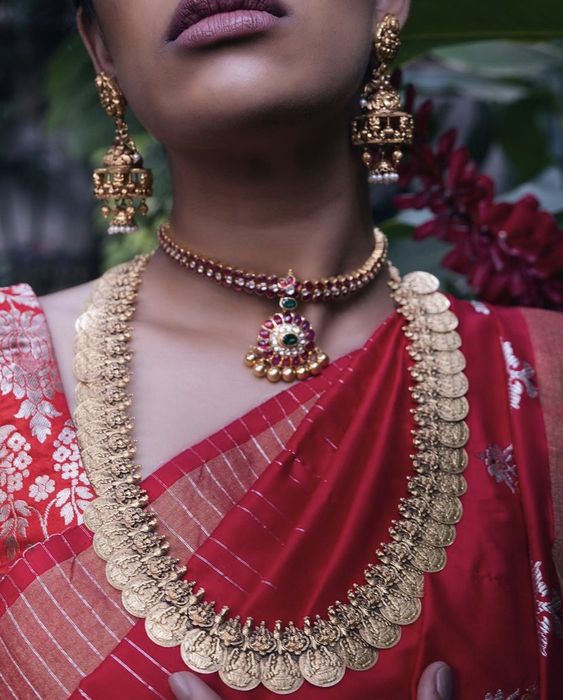
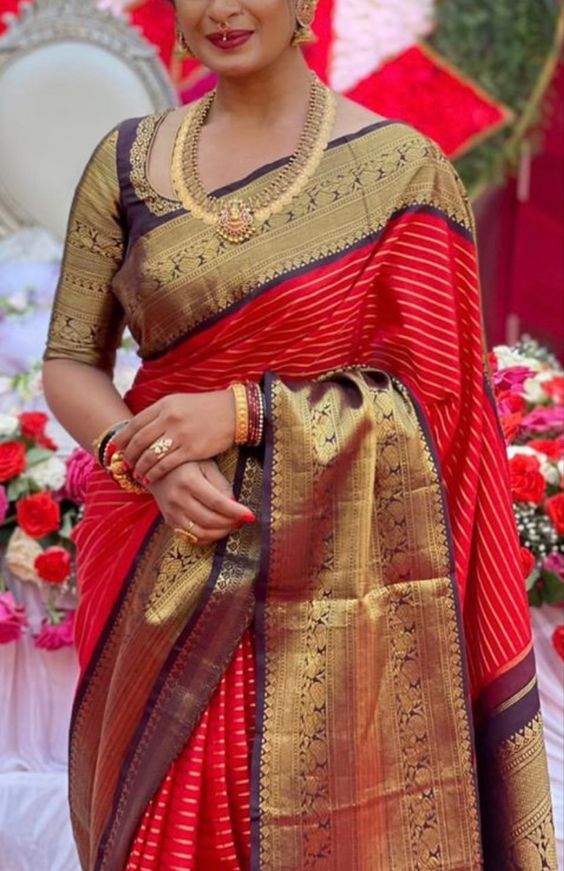
Simple Kasulaperu Designs:
At the heart of Kasulaperu lies its simplicity intertwined with sophistication. The essence of simplicity is beautifully captured in the minimalist designs of Kasulaperu, where the focus is on the purity of gold and the intricacy of craftsmanship. Typically crafted in 22-karat gold, these designs feature delicate chains adorned with small gold beads or motifs, exuding a sense of understated elegance. The simplicity of these designs makes them versatile, suitable for both everyday wear and special occasions. Whether paired with a traditional silk saree or a contemporary ensemble, simple Kasulaperu designs effortlessly enhance the wearer’s beauty with a touch of timeless charm.

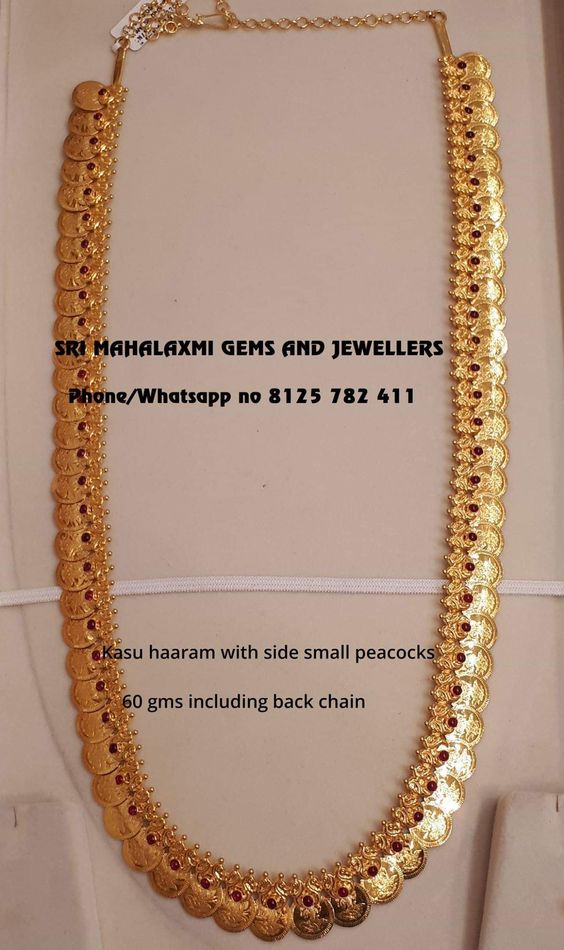
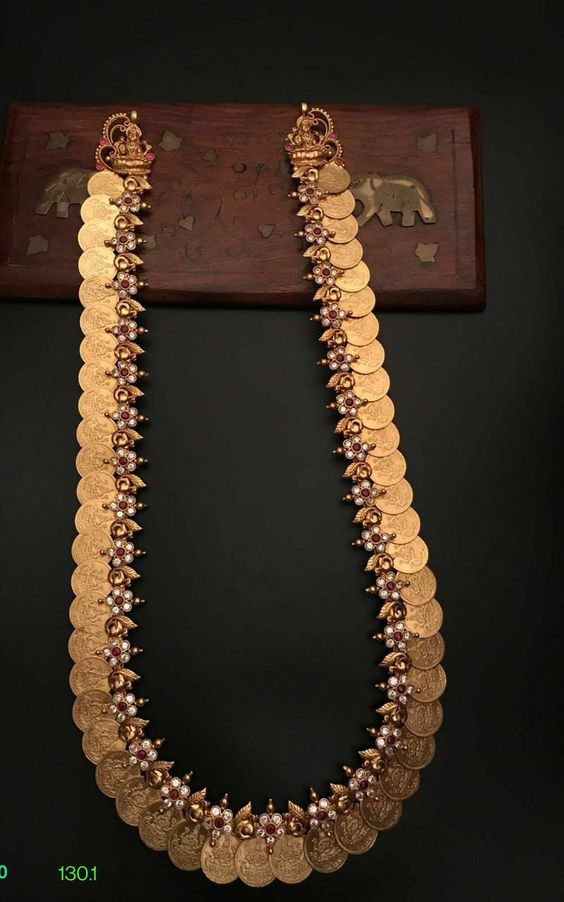
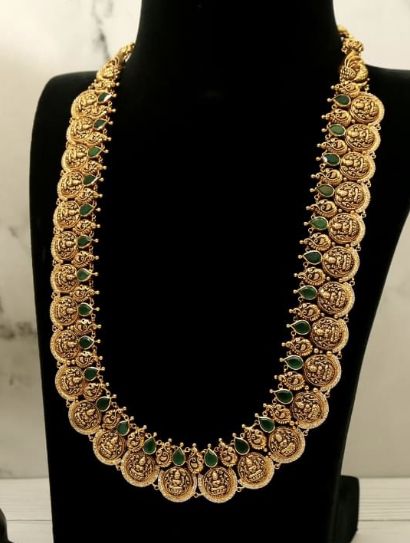
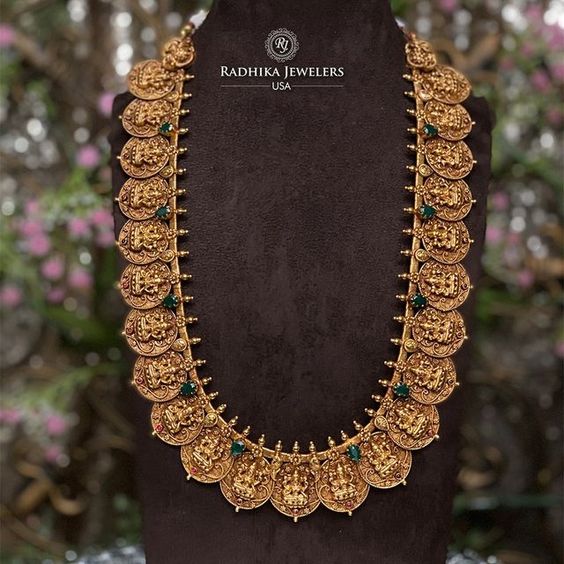
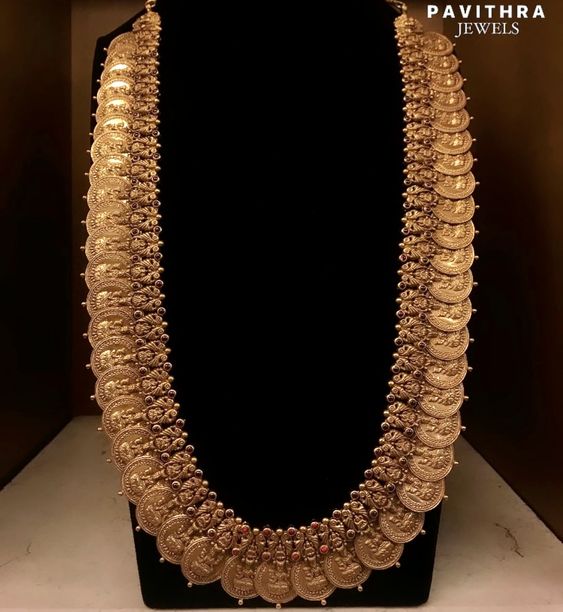
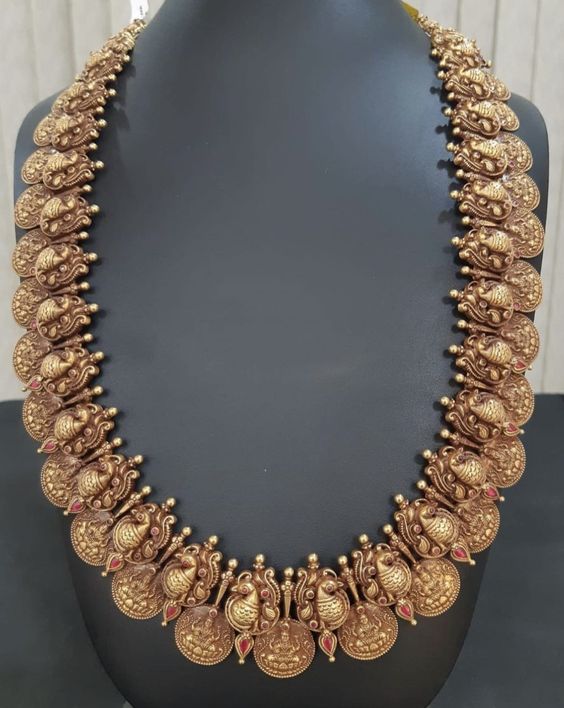
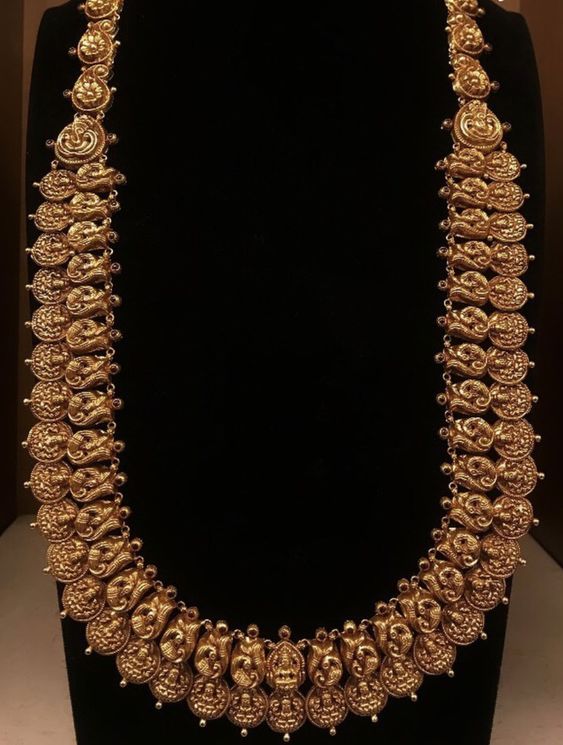
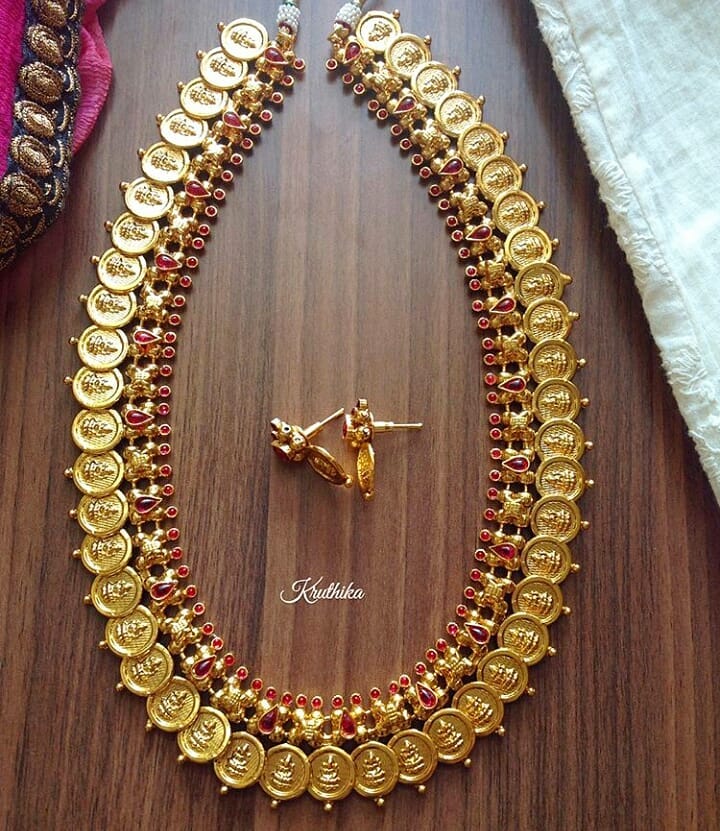
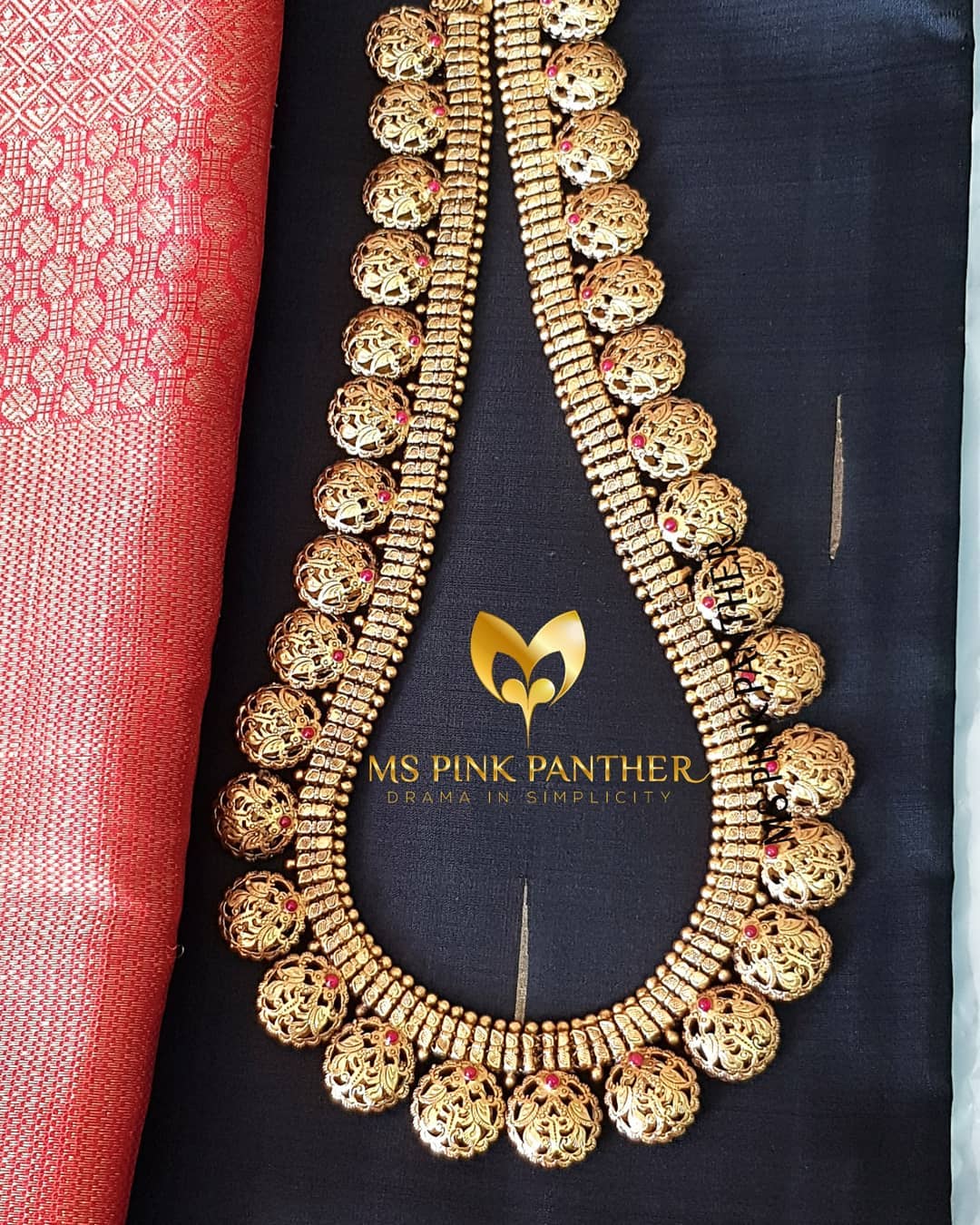
Antique Kasulaperu Designs:
Steeped in history and nostalgia, antique Kasulaperu designs evoke a sense of bygone eras and regal splendor. Inspired by traditional motifs and techniques passed down through generations, these designs showcase intricate filigree work, temple-inspired motifs, and vintage finishes that exude an old-world charm. Crafted with meticulous attention to detail, antique Kasulaperu designs are often heirloom pieces, cherished for their cultural significance and timeless appeal. Adorning oneself with an antique Kasulaperu is not just about wearing jewelry; it’s about embracing a legacy, connecting with one’s roots, and preserving a piece of history for generations to come.
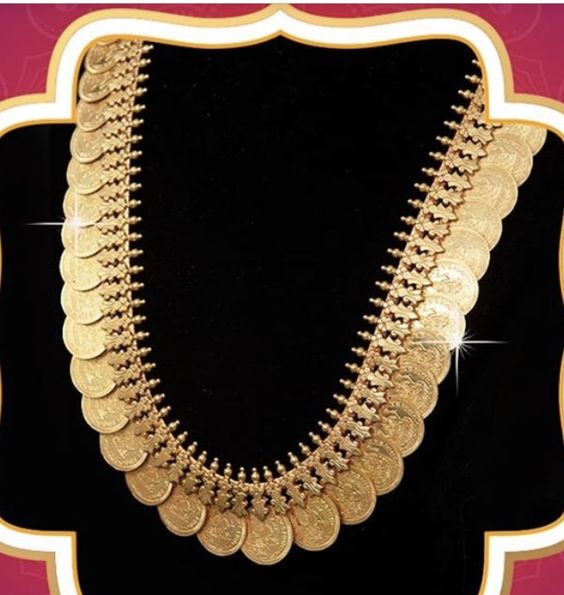
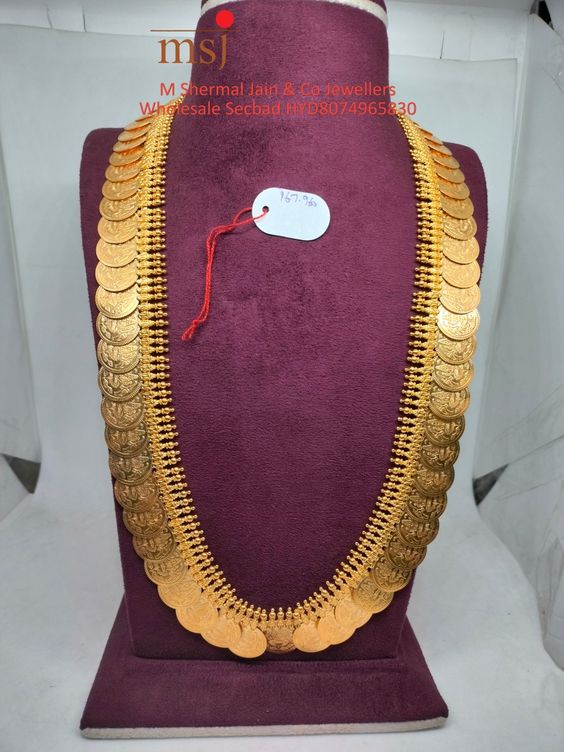
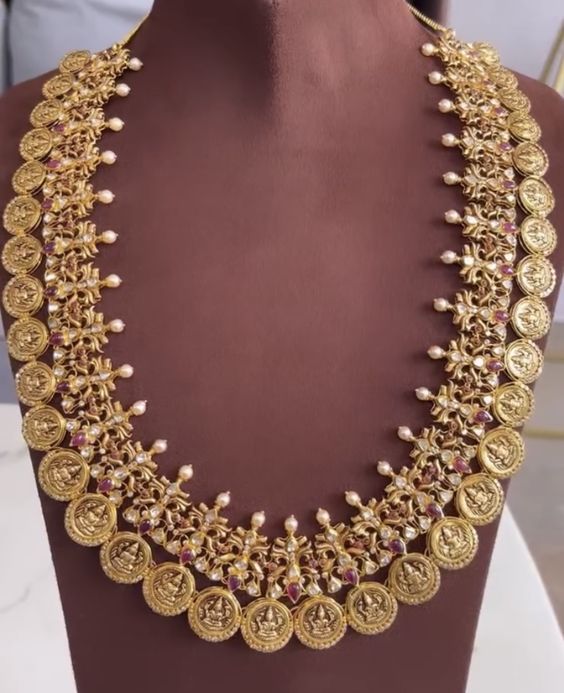
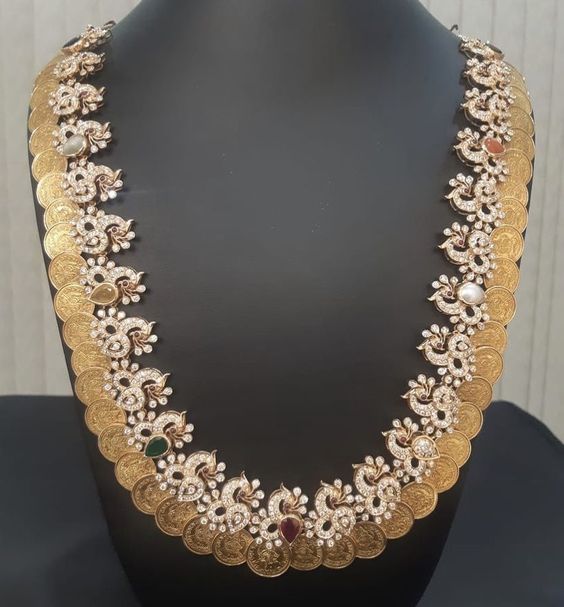
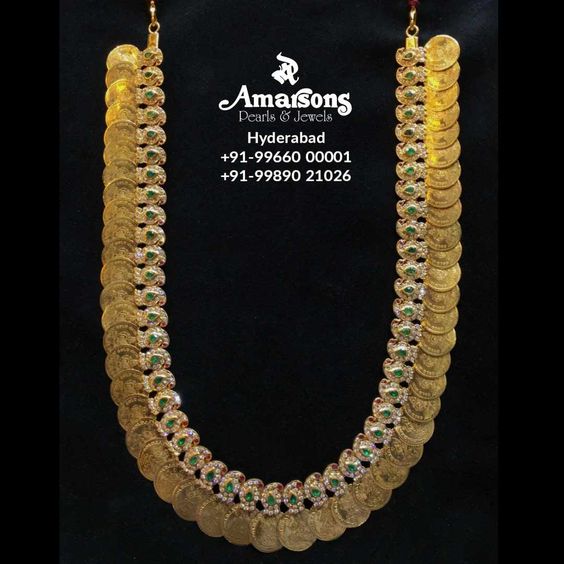
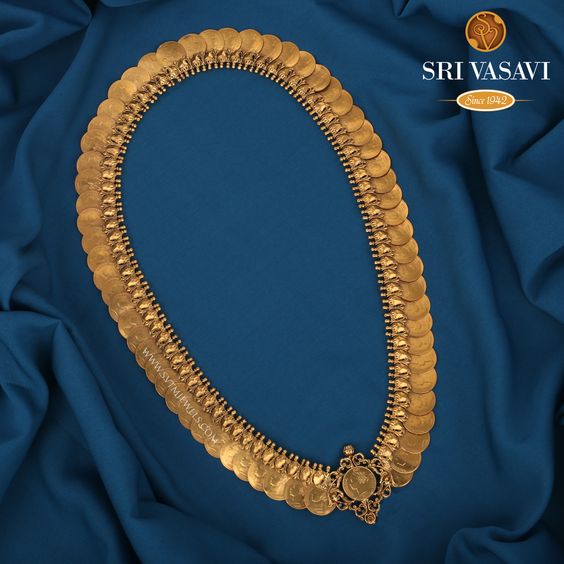
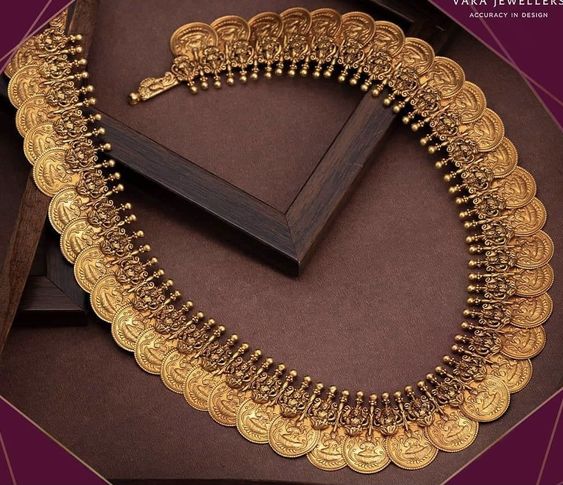
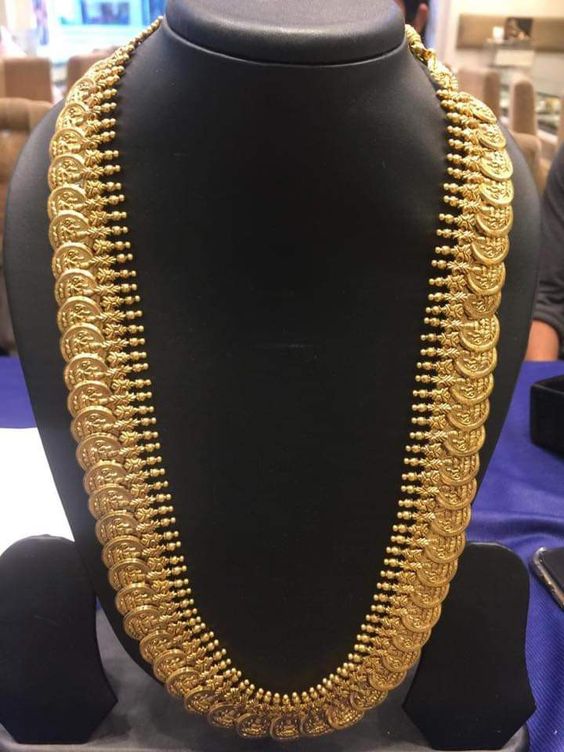
Kasulaperu Designs With Side Locket:
Adding a contemporary twist to the classic Kasulaperu, designs featuring side lockets offer a unique and modern take on this traditional ornament. The addition of a side locket, often embellished with precious gemstones or intricate patterns, adds a touch of sophistication and versatility to the piece. These lockets serve not only as decorative elements but also as functional compartments for storing small keepsakes or personal mementos. Whether adorned with auspicious symbols, religious motifs, or intricate floral patterns, Kasulaperu designs with side lockets serve as a beautiful fusion of tradition and innovation, appealing to modern jewelry connoisseurs seeking to make a statement while honoring their cultural heritage.
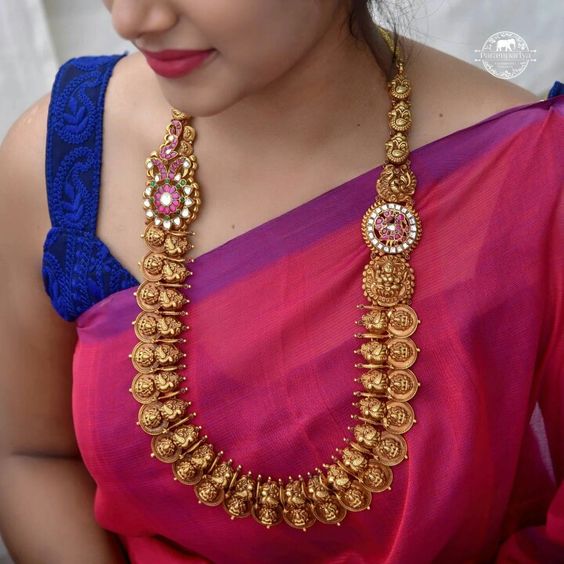
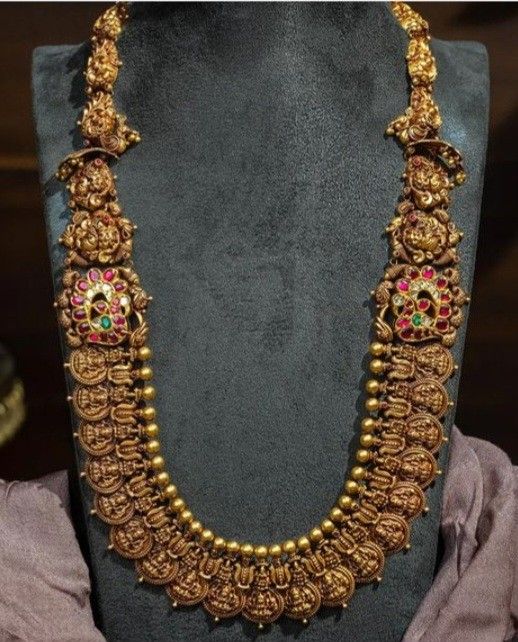
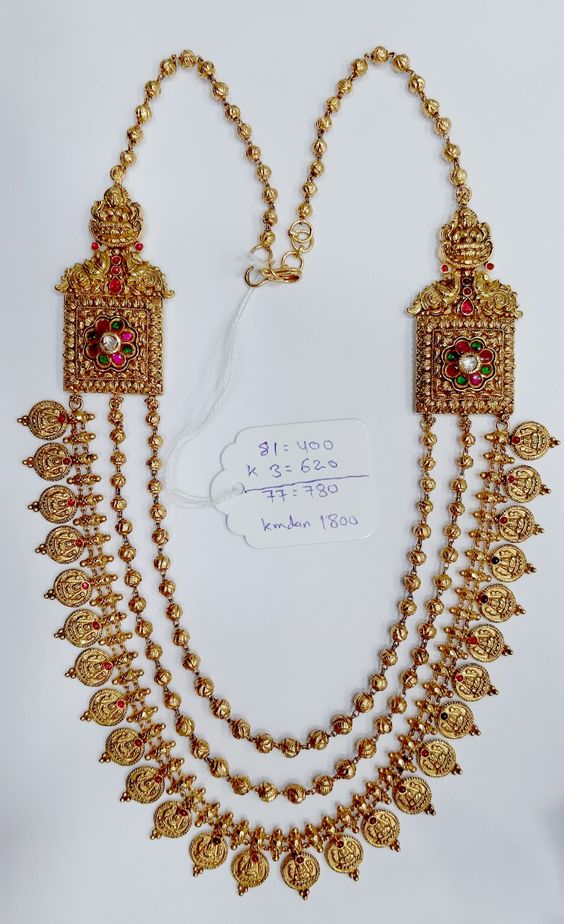
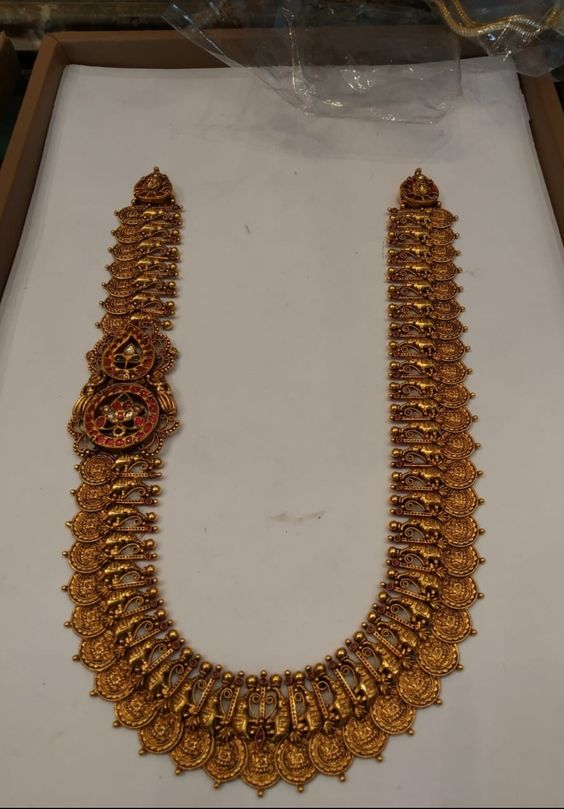
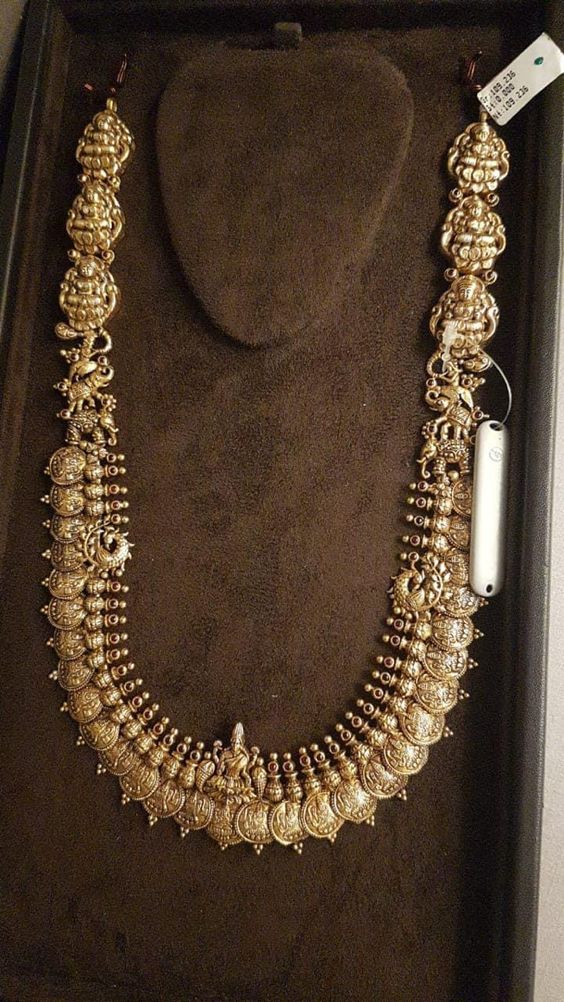
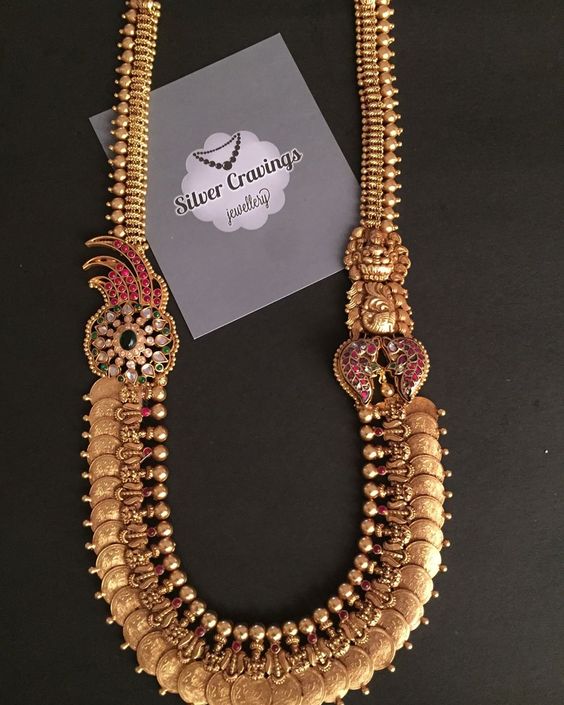
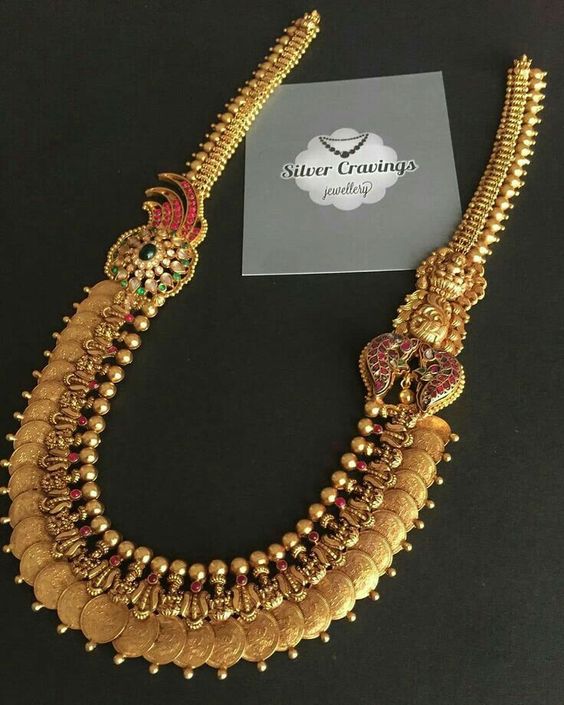
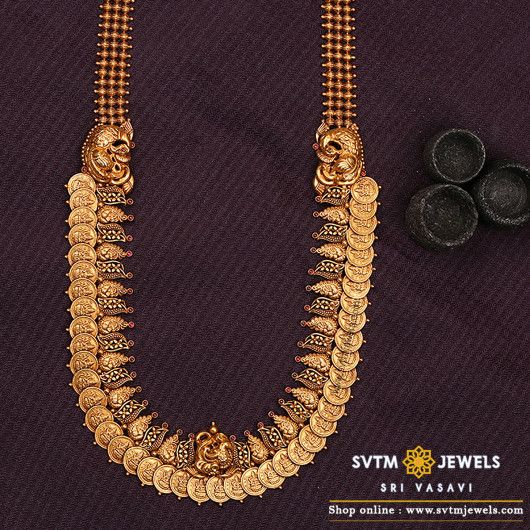
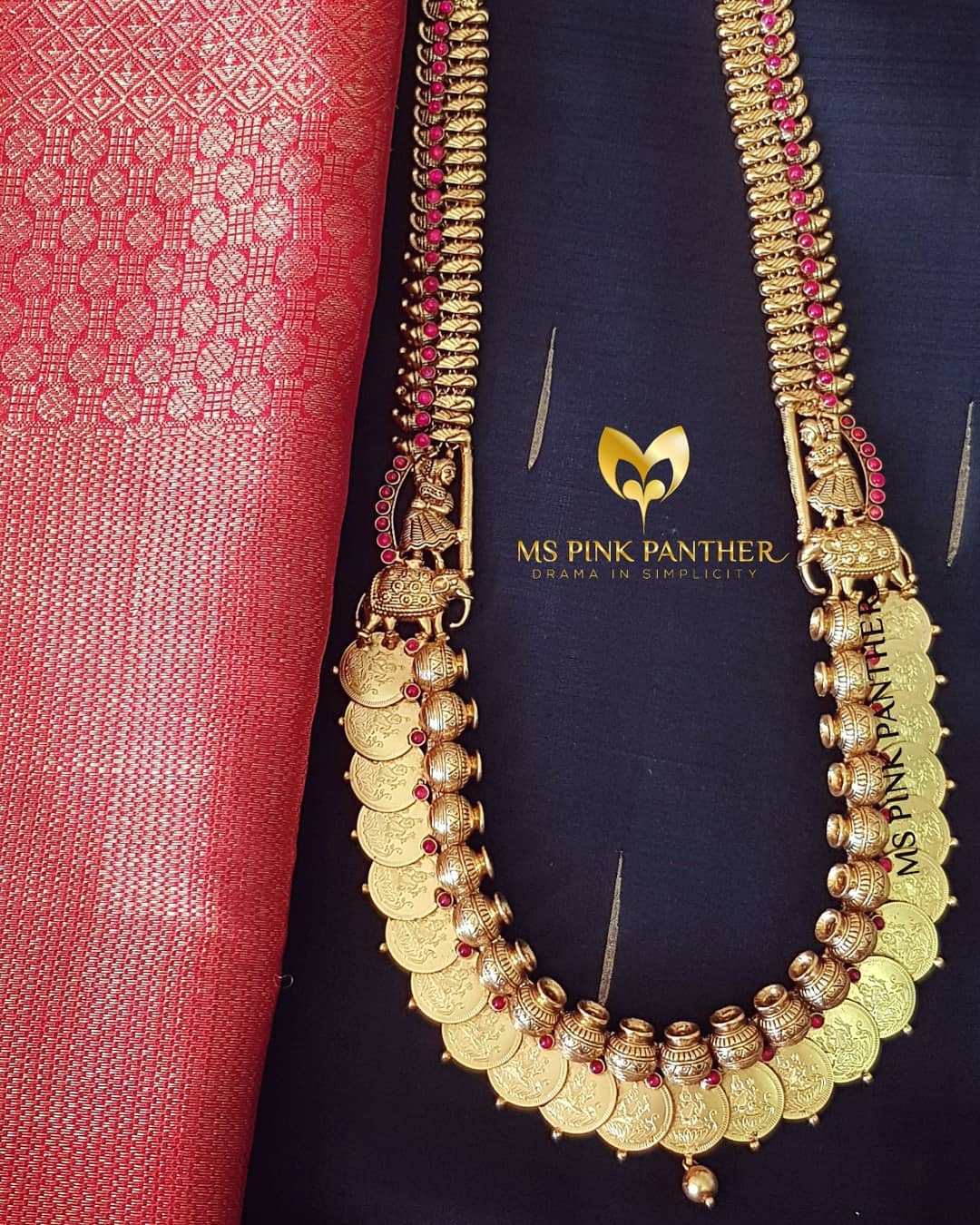
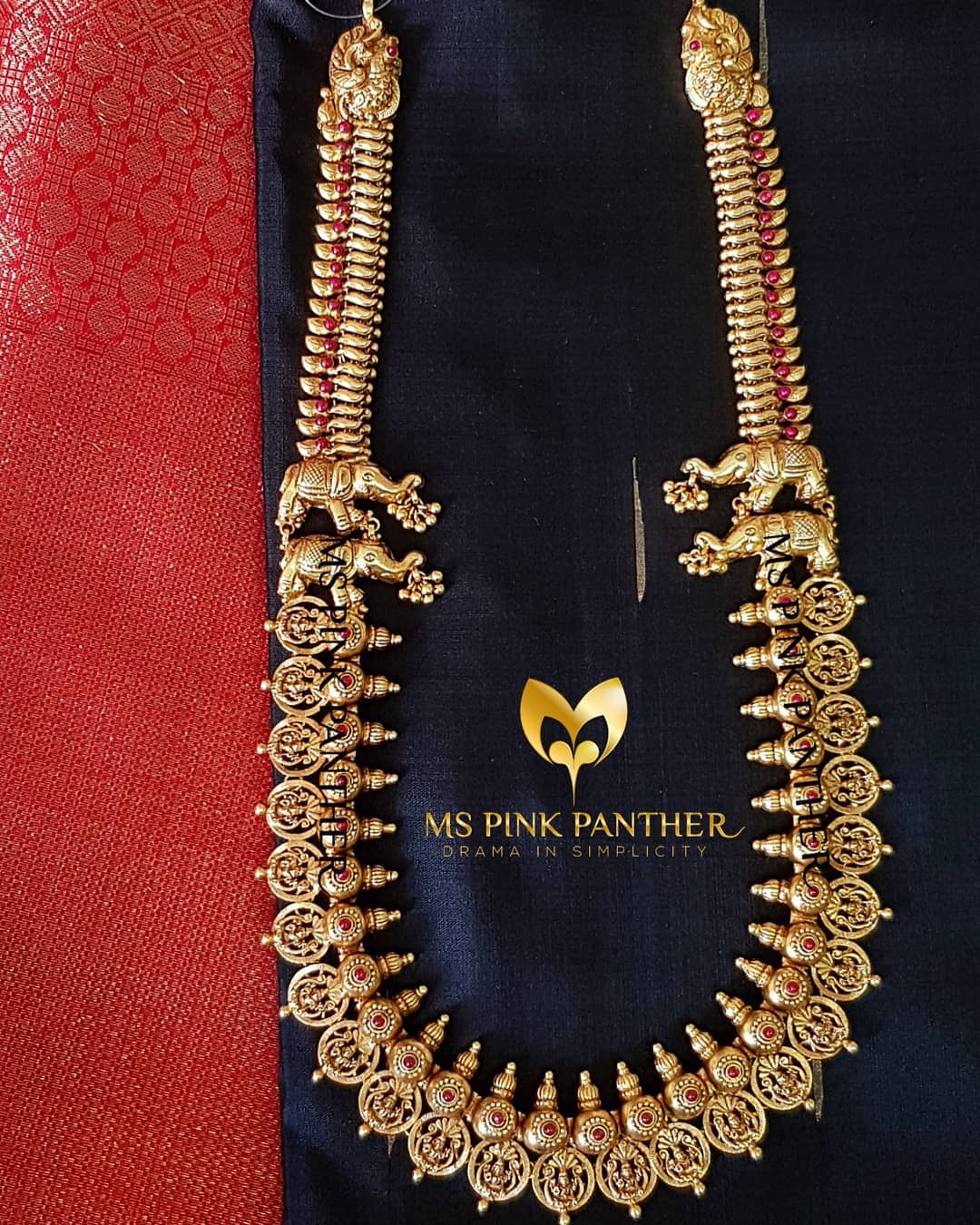
Kasulaperu With Pendants:
For those looking to make a bold fashion statement, Kasulaperu designs featuring elaborate pendants offer a perfect blend of opulence and elegance. These designs typically feature a central pendant intricately crafted in gold and adorned with precious gemstones, pearls, or enamel work, suspended from a luxurious Kasulaperu chain. The pendant serves as the focal point of the piece, drawing attention with its exquisite craftsmanship and captivating design. Whether inspired by traditional motifs such as peacocks, lotuses, or divine symbols, or showcasing contemporary themes, Kasulaperu designs with pendants are a testament to the enduring allure of Indian jewelry craftsmanship.
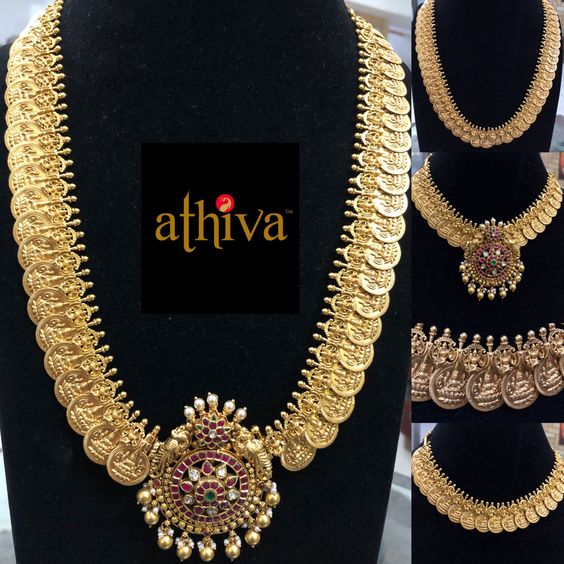
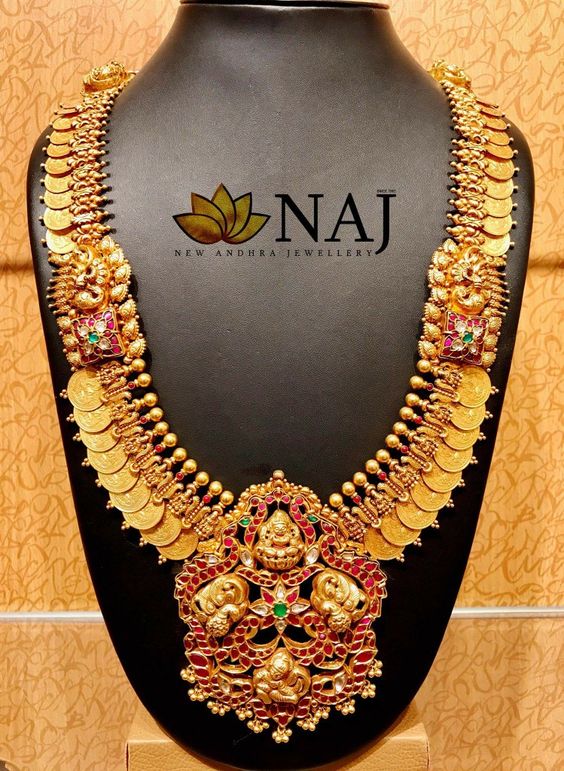
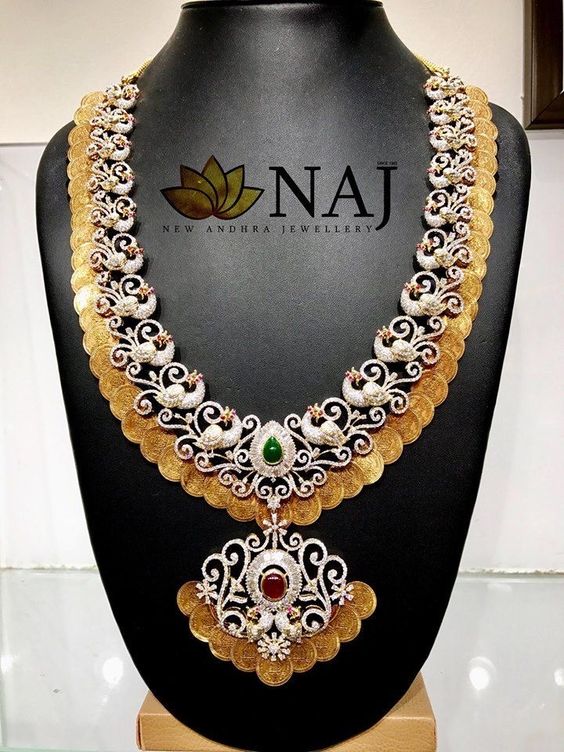
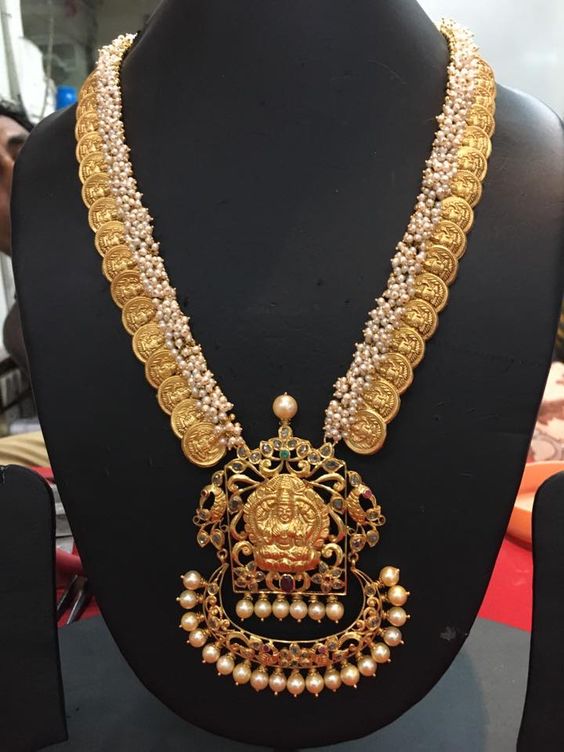
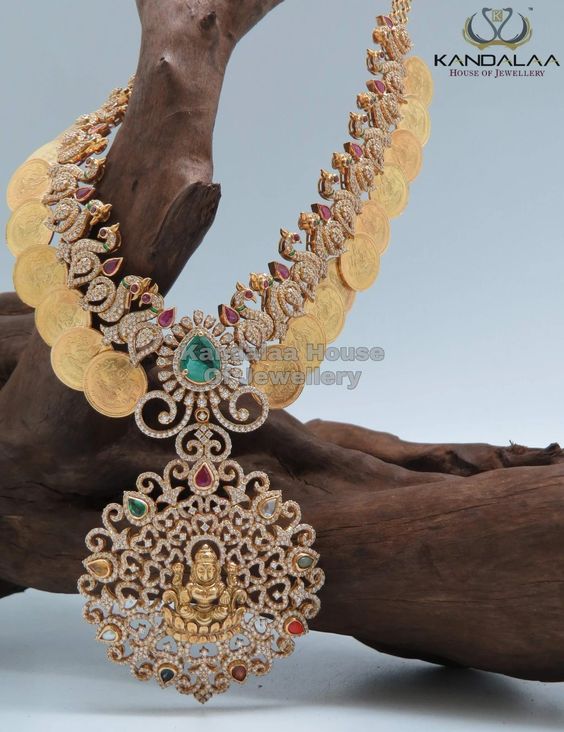
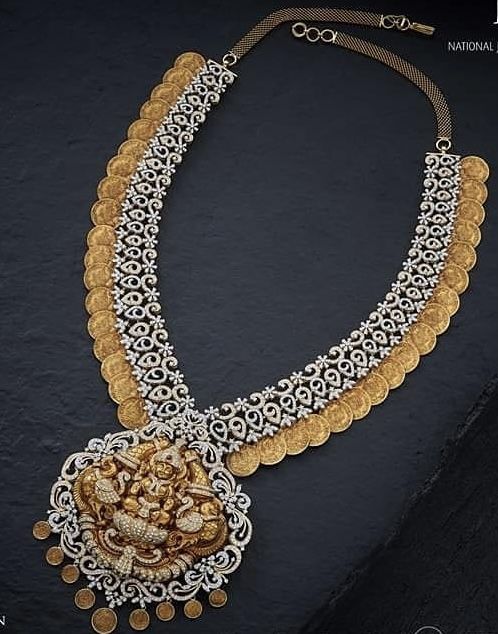
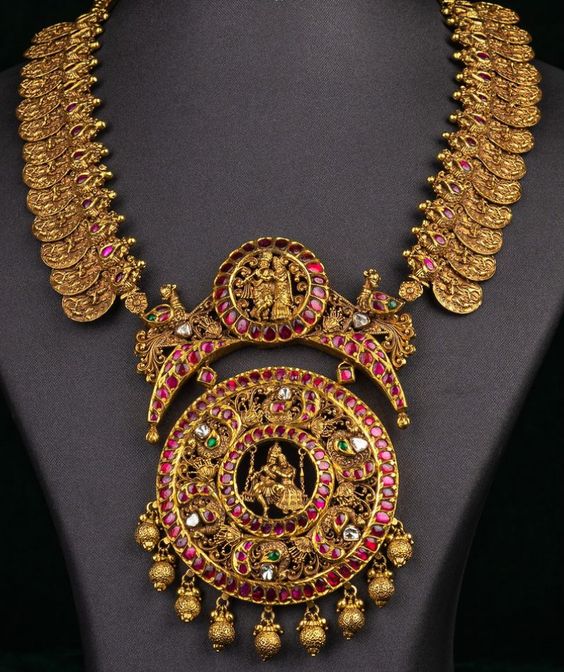
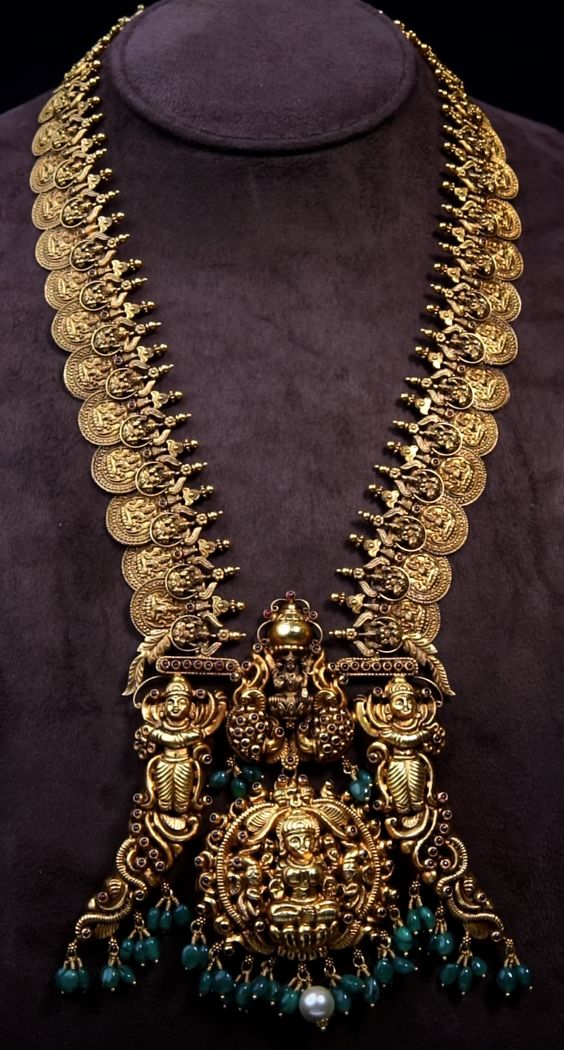
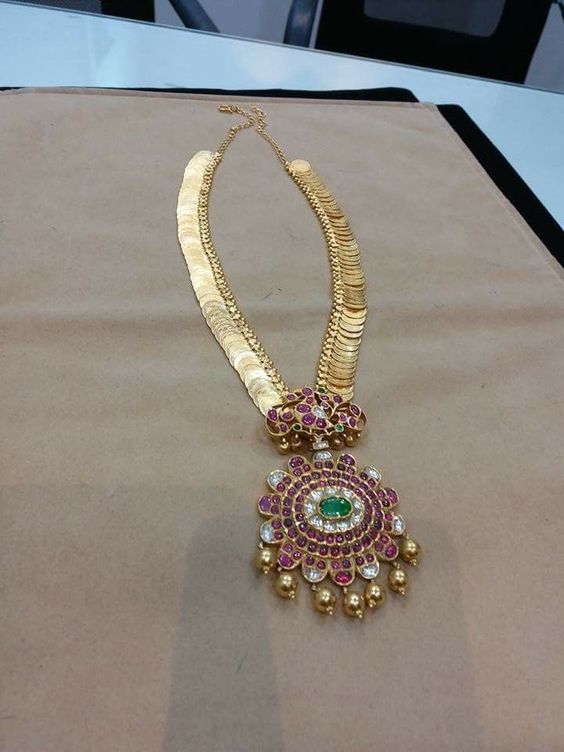
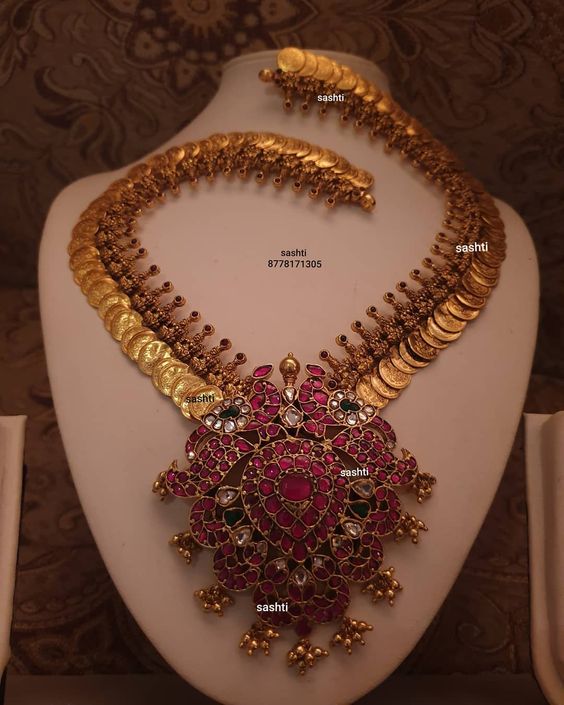
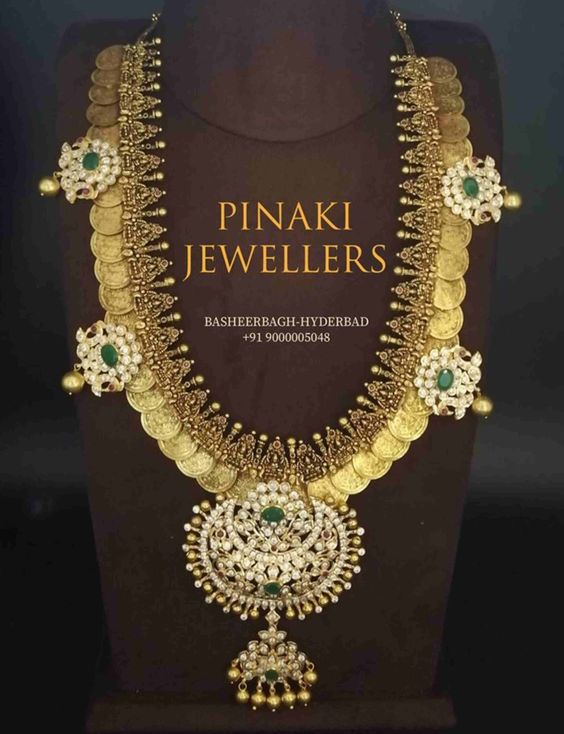
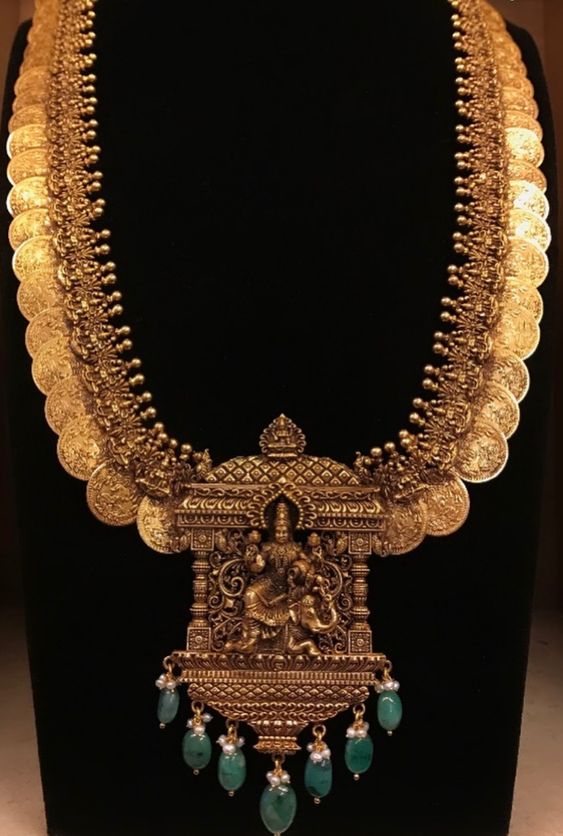
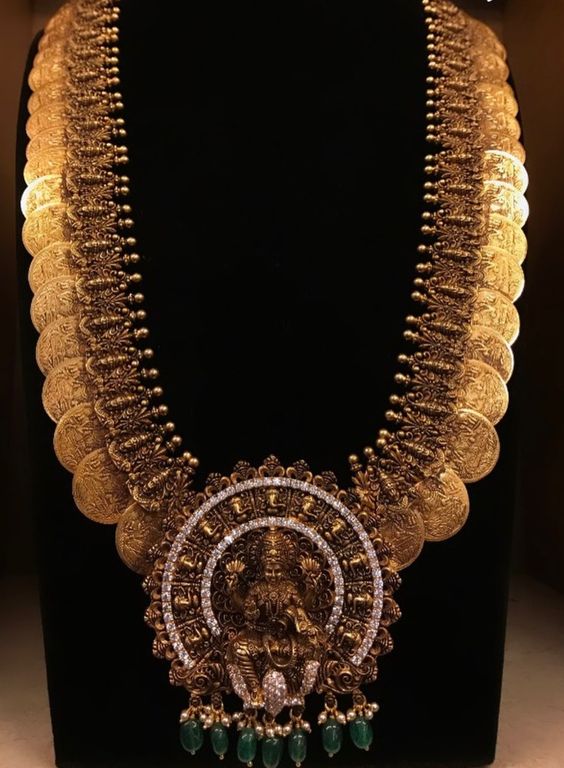
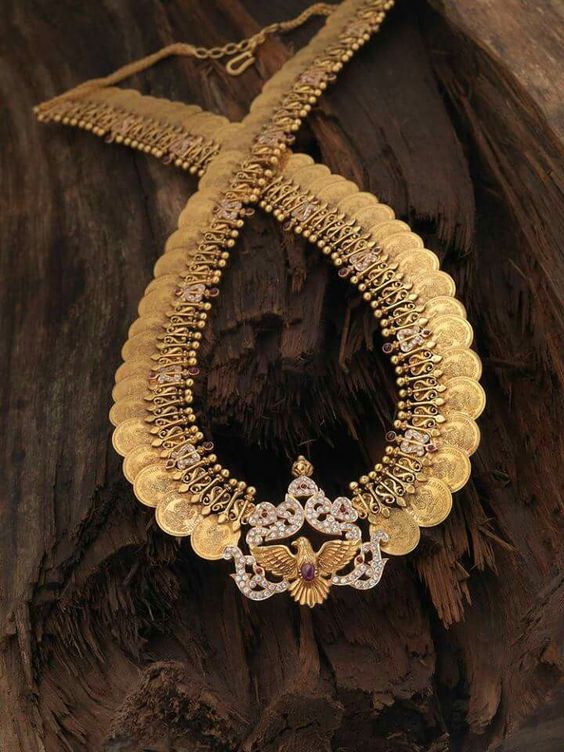
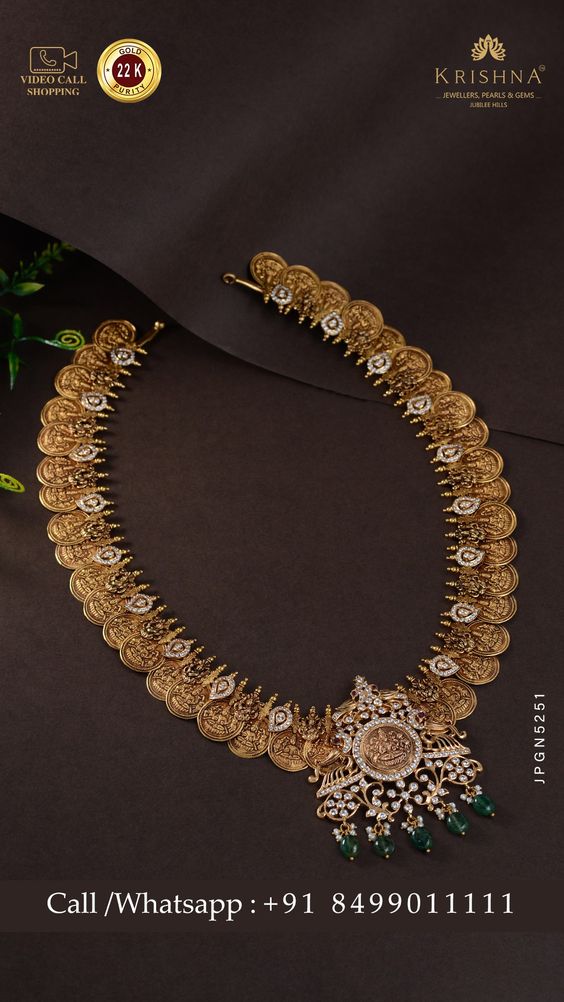
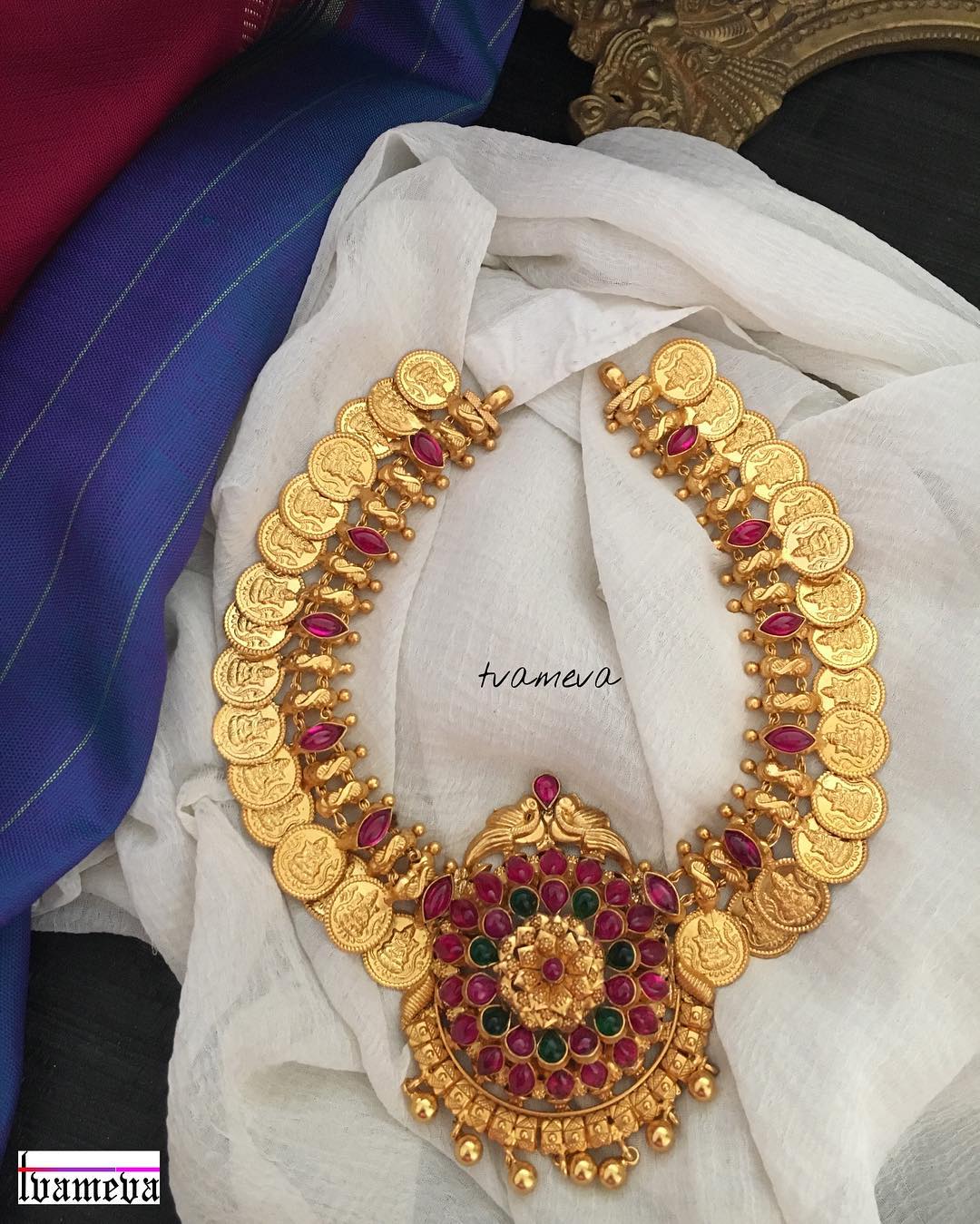
Styling Kasulaperu with Silk Sarees:
The timeless elegance of Kasulaperu finds its perfect complement in the graceful drape of a silk saree, creating a match made in sartorial heaven. Whether opting for a traditional Kanjivaram silk saree, a vibrant Banarasi weave, or an intricately embellished Paithani drape, Kasulaperu adds a touch of regal splendor to any ensemble. When styling Kasulaperu with silk sarees, consider the following tips to achieve a harmonious and sophisticated look:
– Balance: Pay attention to the weight and intricacy of both the saree and the Kasulaperu to ensure a balanced and cohesive ensemble. Opt for lighter Kasulaperu designs with simple silk sarees, while reserving heavier or more ornate pieces for grand occasions or elaborate sarees.
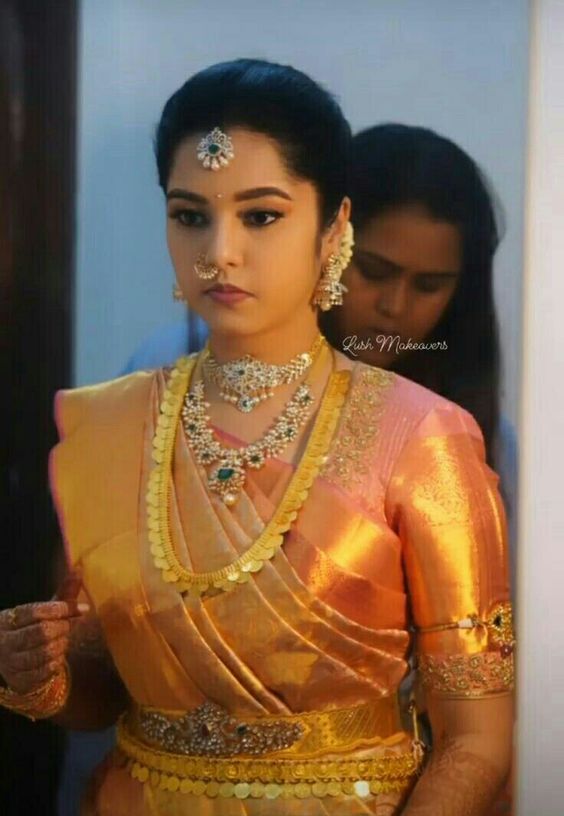

– Coordination: Choose a Kasulaperu design that complements the color palette and motifs of the silk saree, creating a harmonious visual appeal. For instance, pair a gold Kasulaperu with red accents with a red Kanjivaram silk saree for a classic and elegant look, or opt for contrasting colors for a contemporary twist.
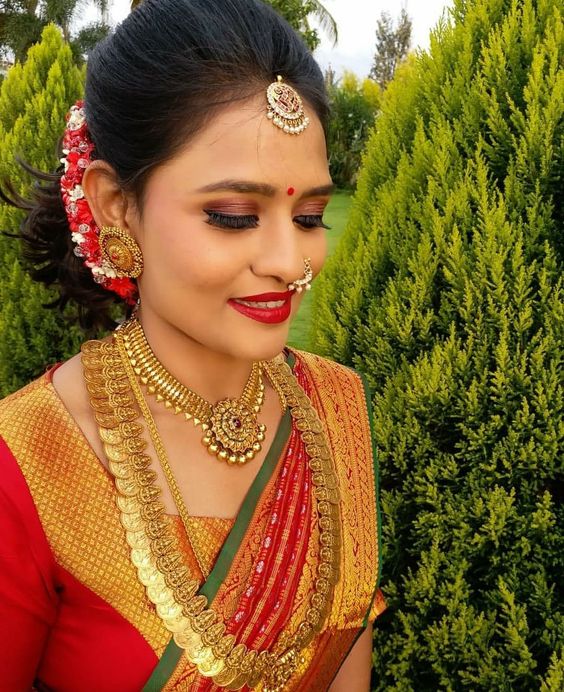
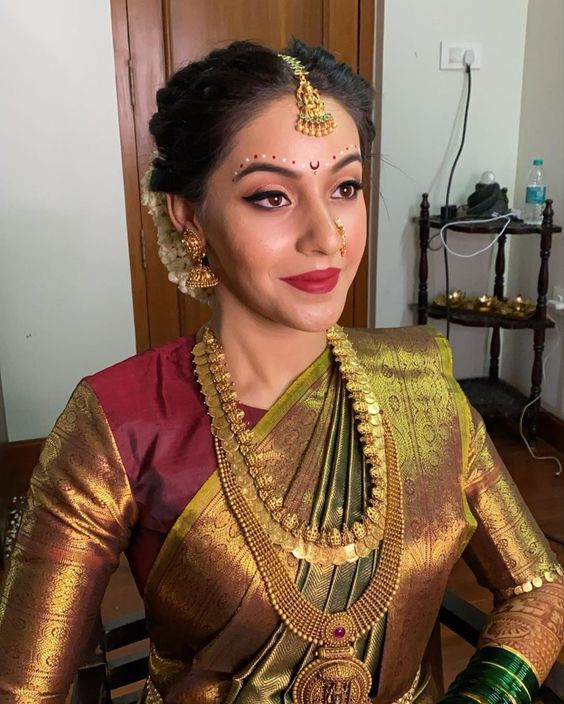
– Draping: Experiment with different draping styles to showcase the beauty of both the silk saree and the Kasulaperu. Consider draping the pallu in a way that allows the Kasulaperu to cascade gracefully along the torso, highlighting its intricate design and craftsmanship.

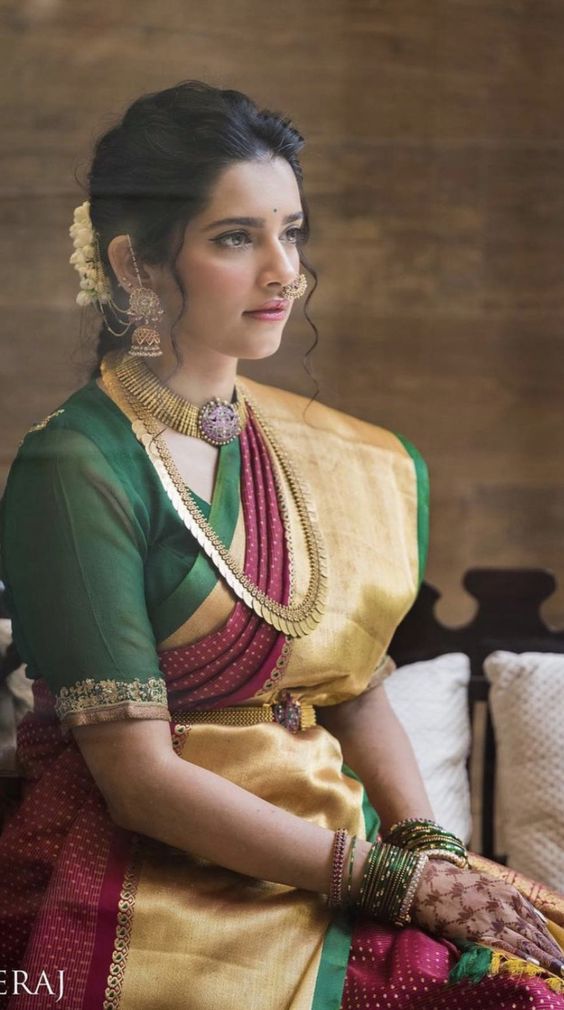
– Accessories: Complete your ensemble with complementary accessories such as traditional gold bangles, statement earrings, and a delicate maang tikka to enhance the overall look and add a touch of glamour.
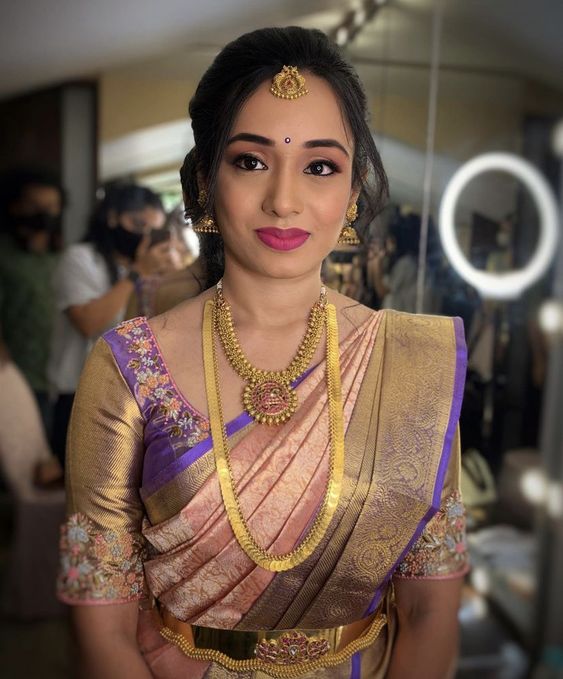
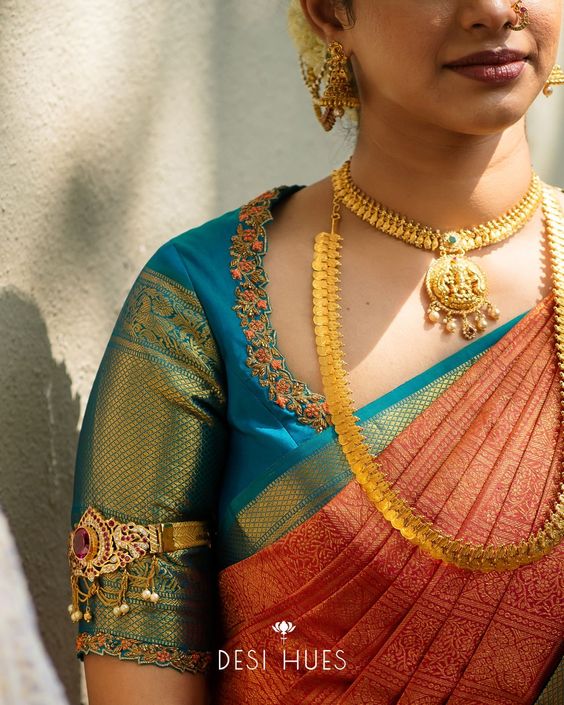
In conclusion, Kasulaperu designs represent more than just ornamental adornments; they embody a rich tapestry of tradition, craftsmanship, and cultural heritage. Whether opting for simple, antique, or contemporary designs, Kasulaperu exudes a timeless elegance that transcends fashion trends and captivates the hearts of jewelry enthusiasts worldwide. When styled with silk sarees, Kasulaperu elevates the grace and allure of every wearer, creating a sartorial masterpiece that celebrates the enduring legacy of Indian jewelry craftsmanship.
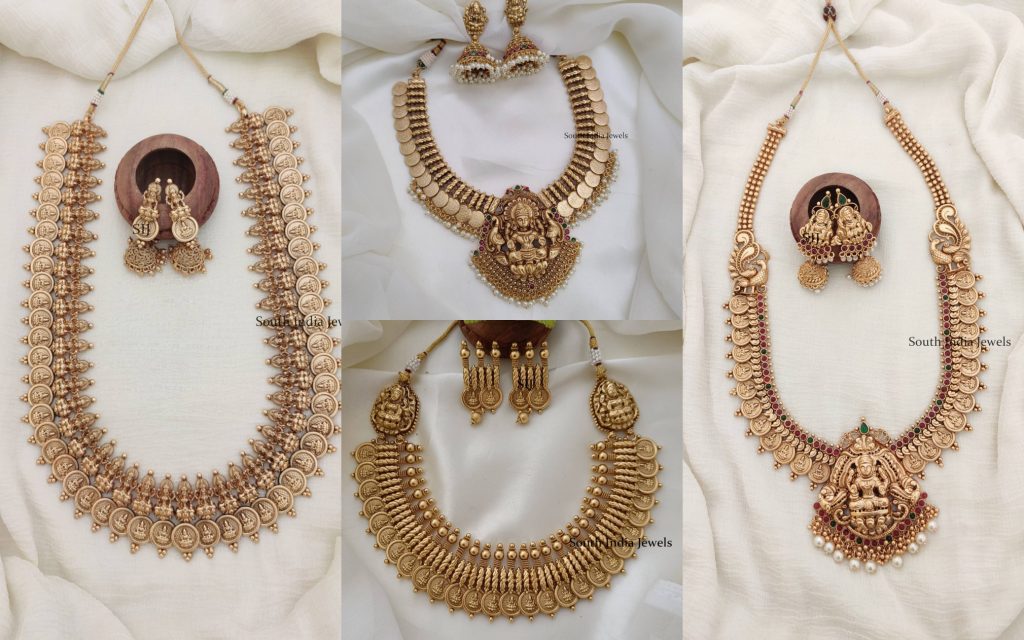
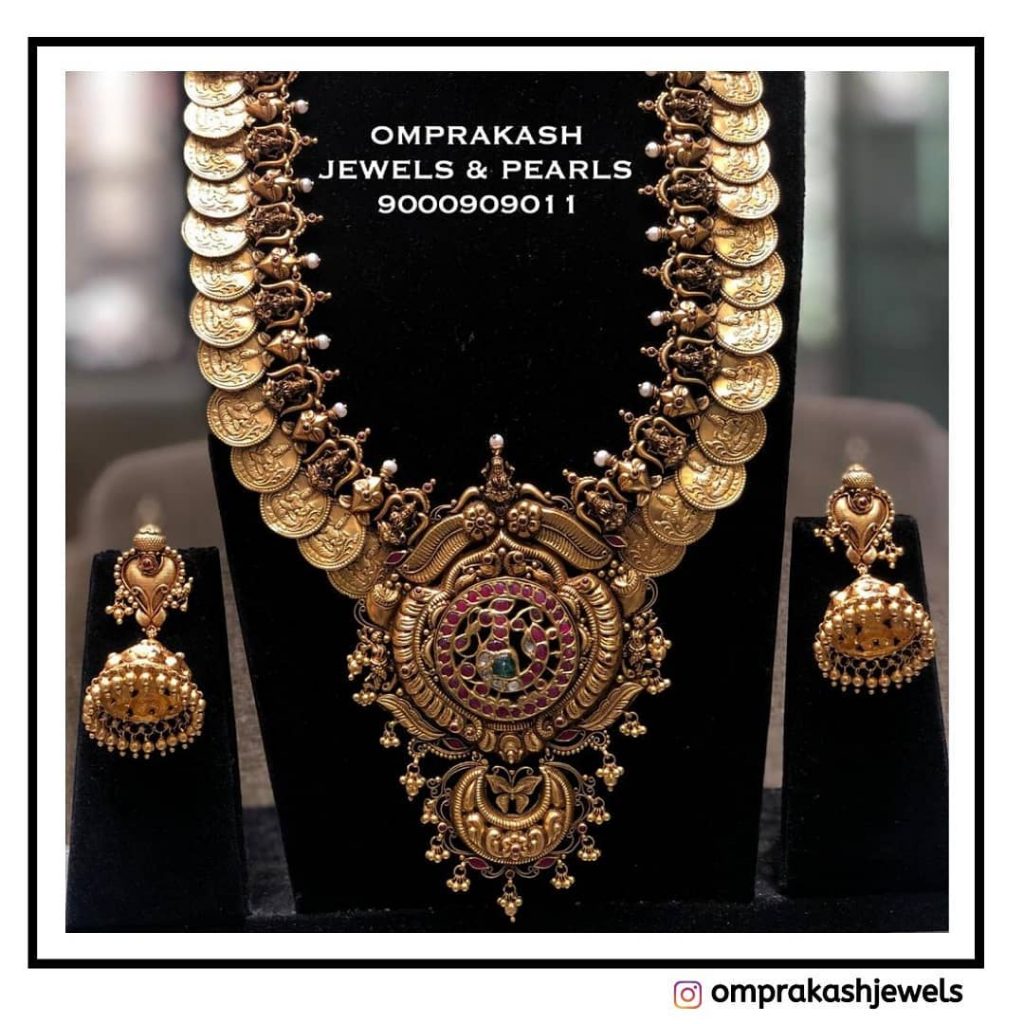
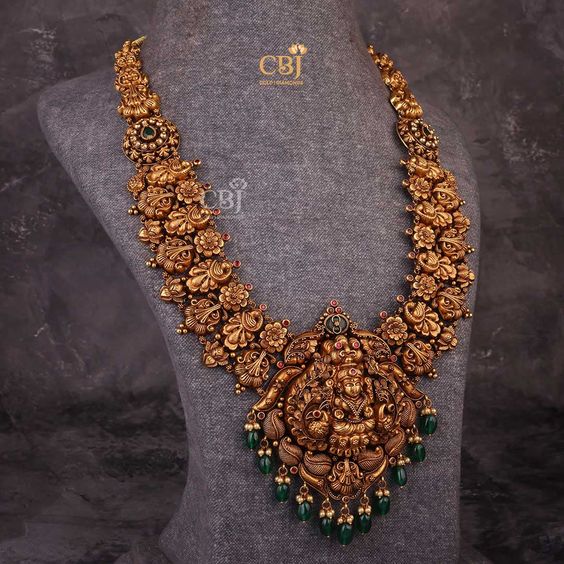
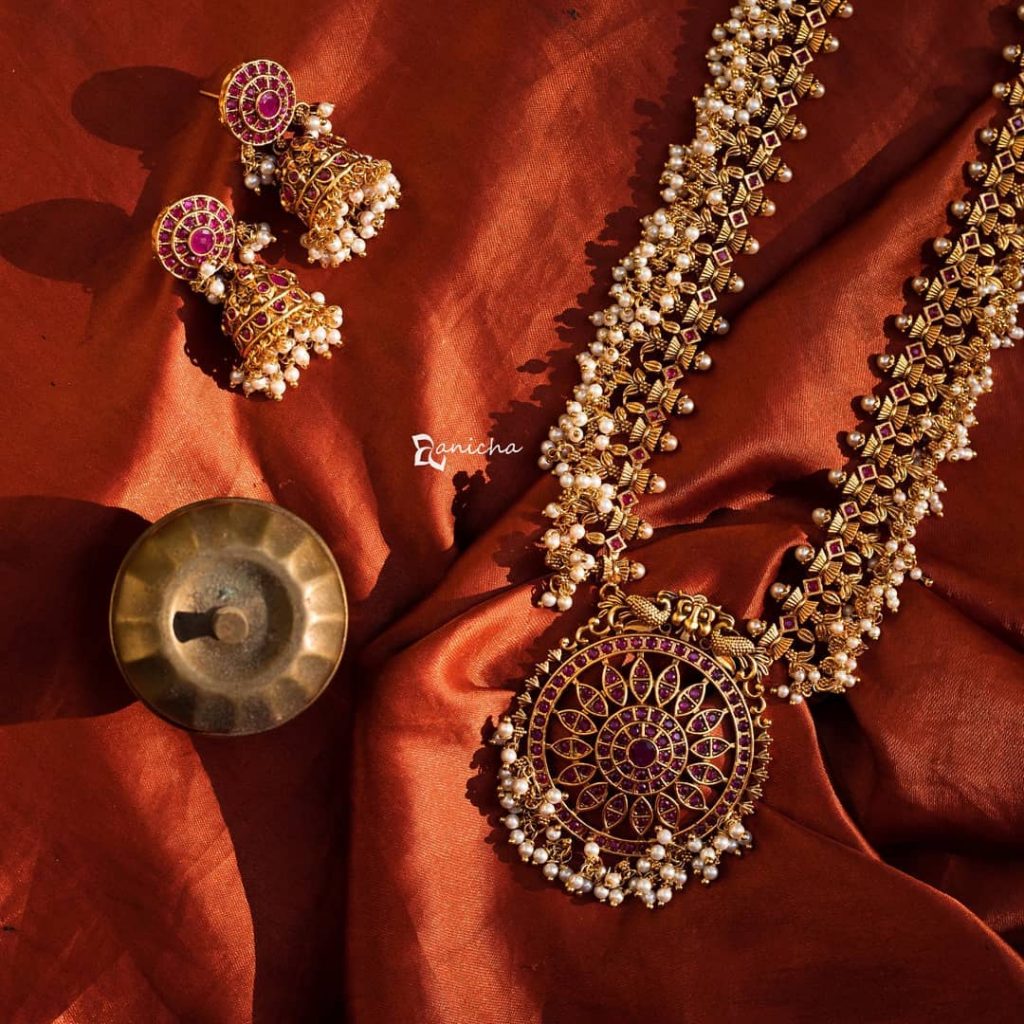
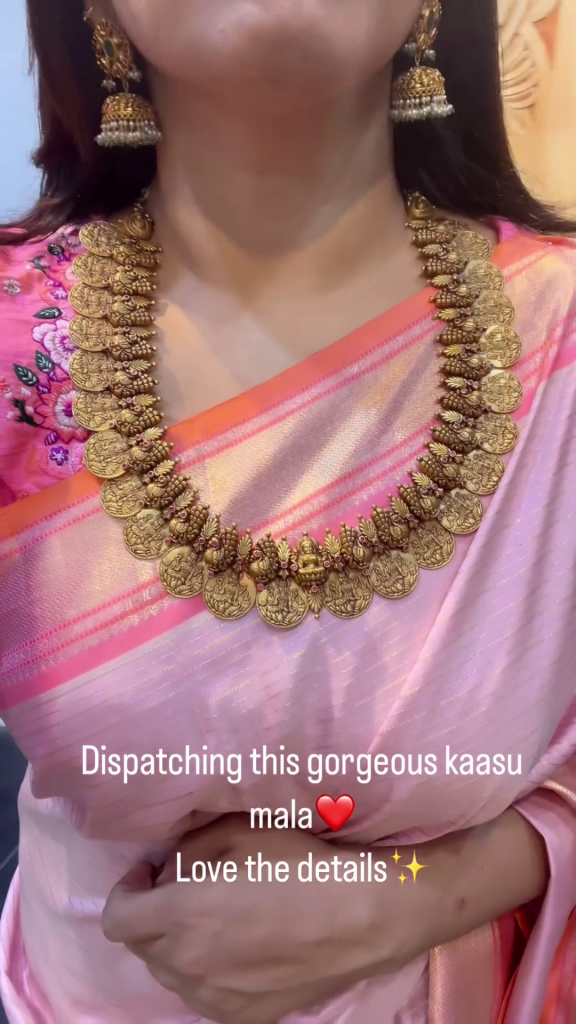
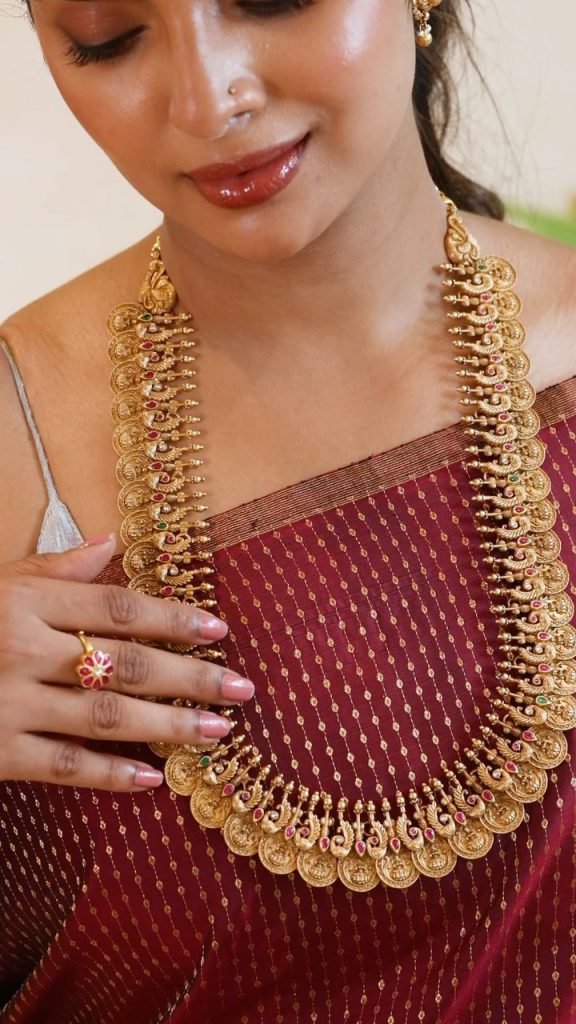
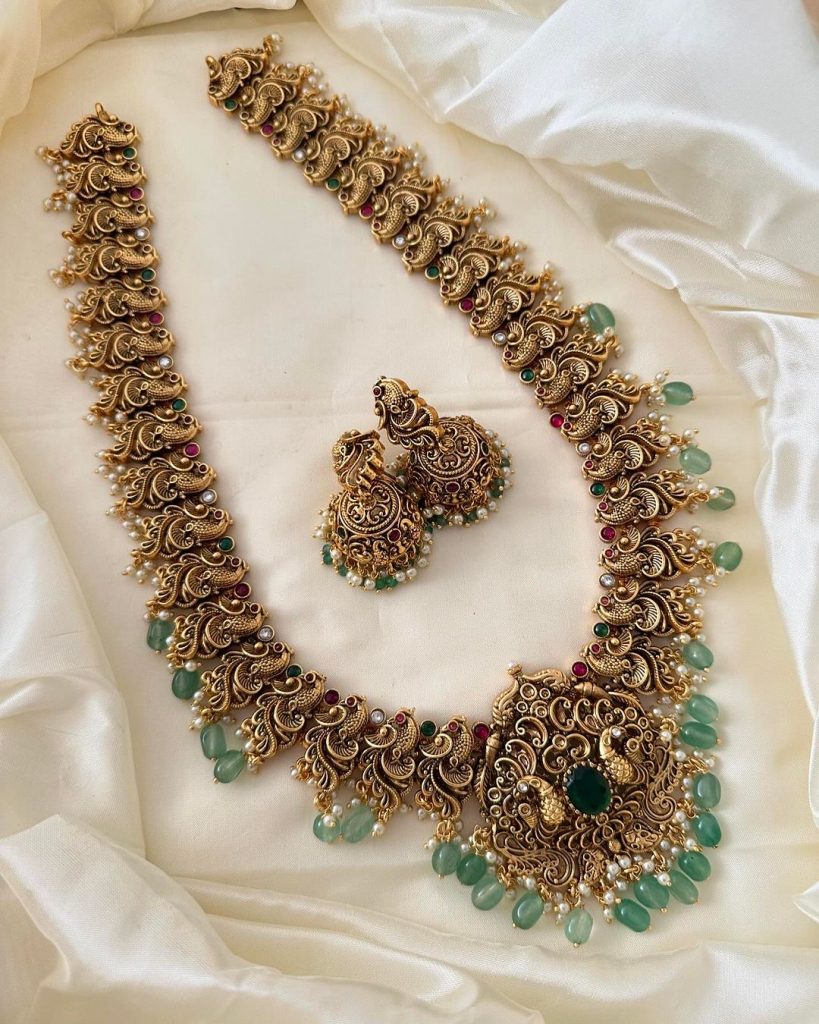
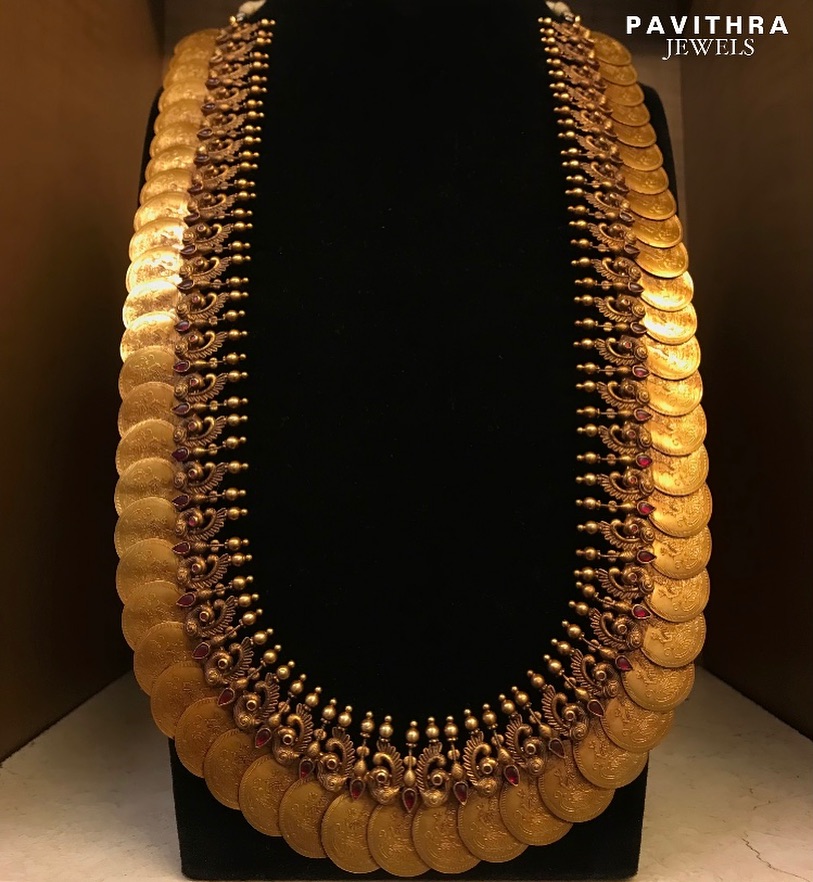
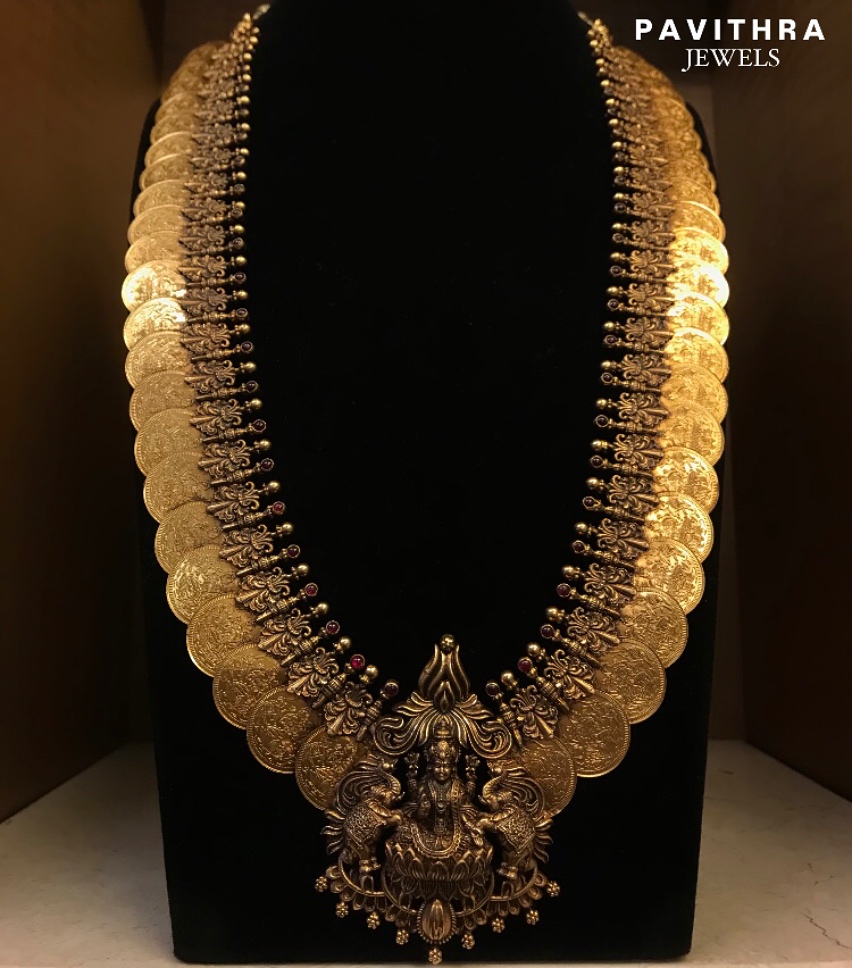
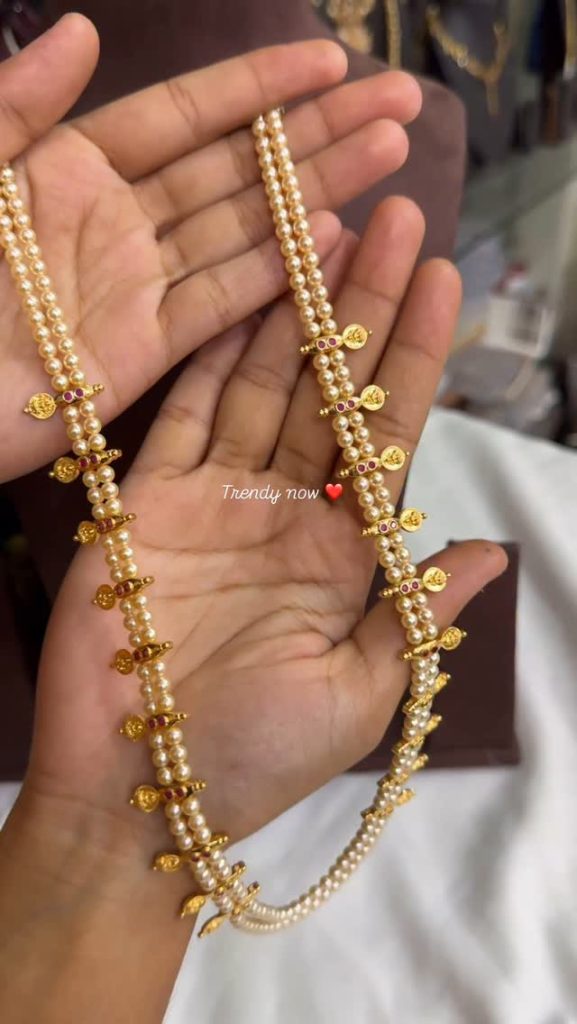
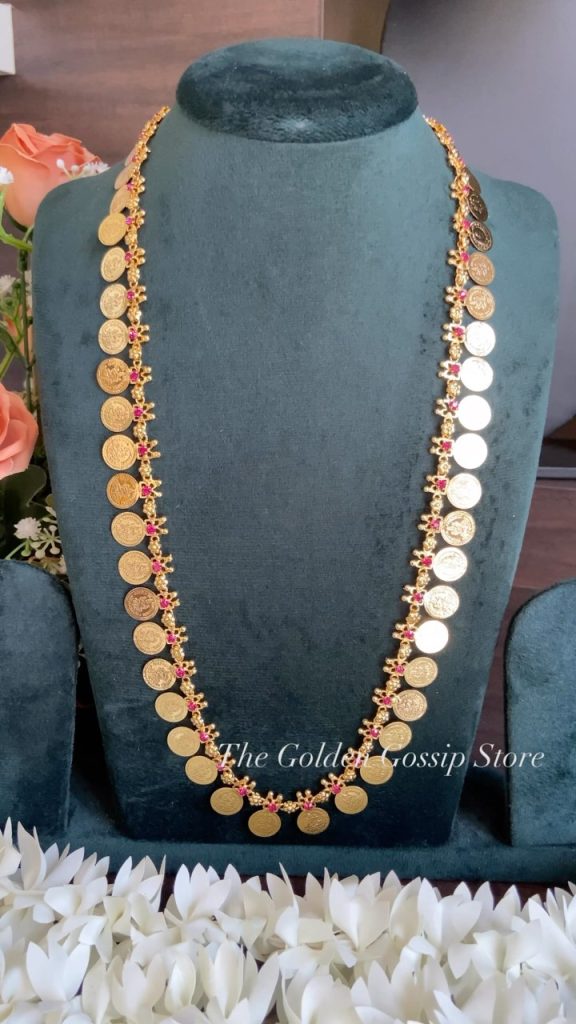
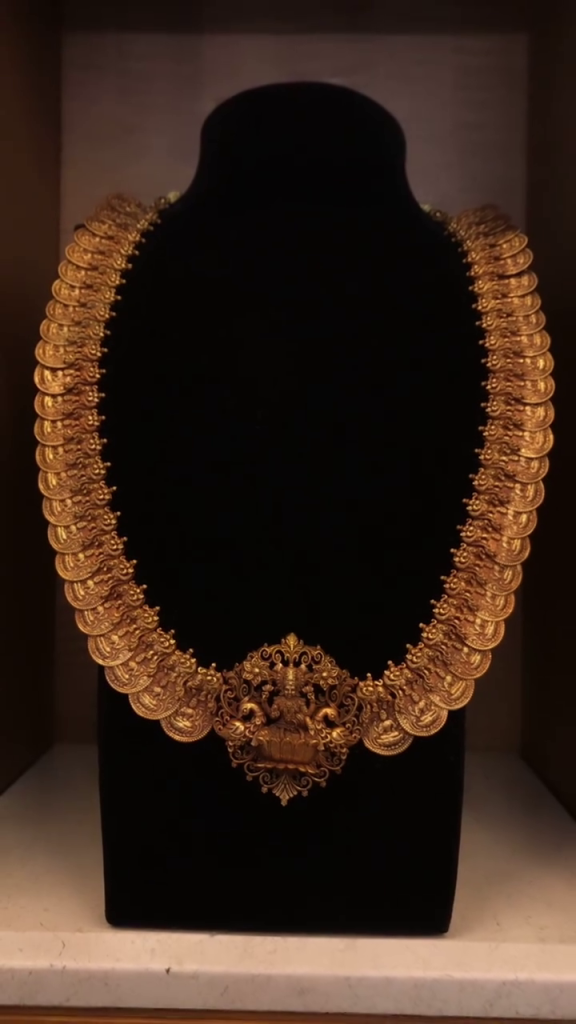
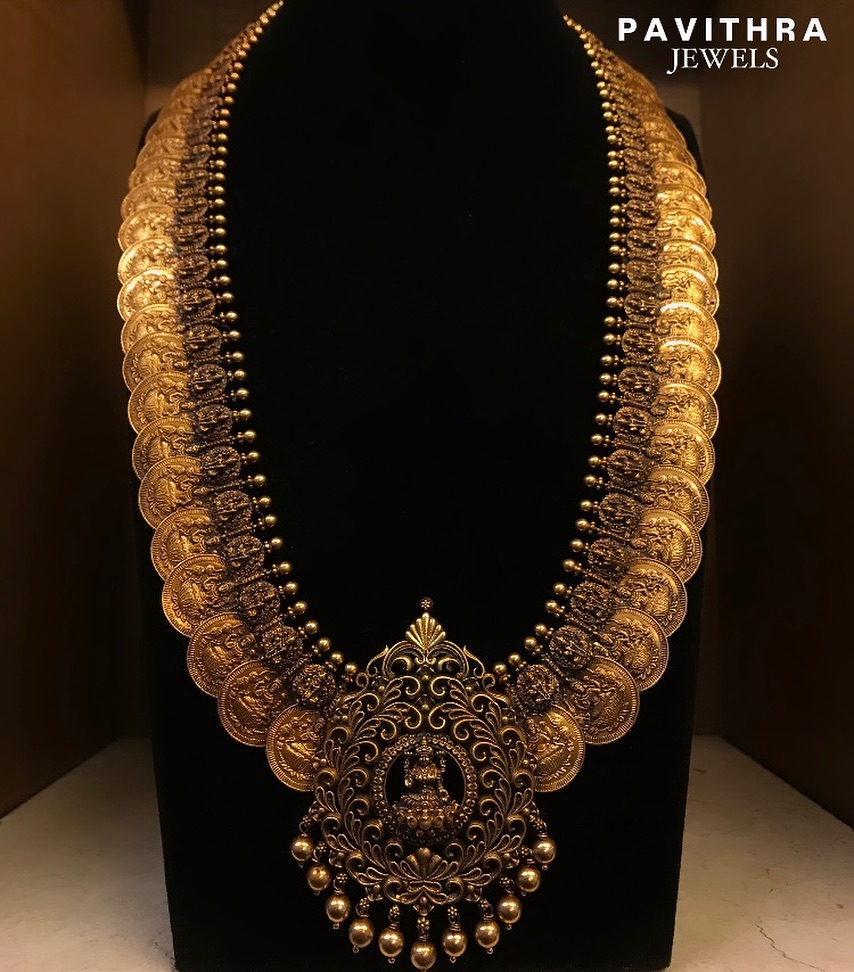
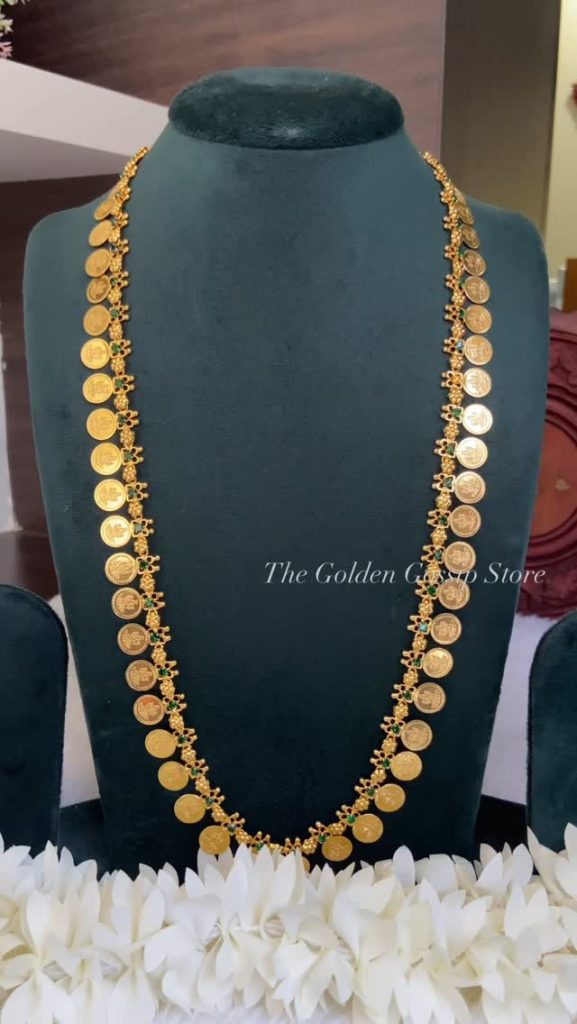


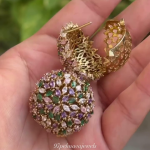
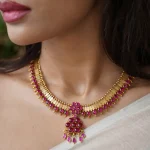

Comments are closed.